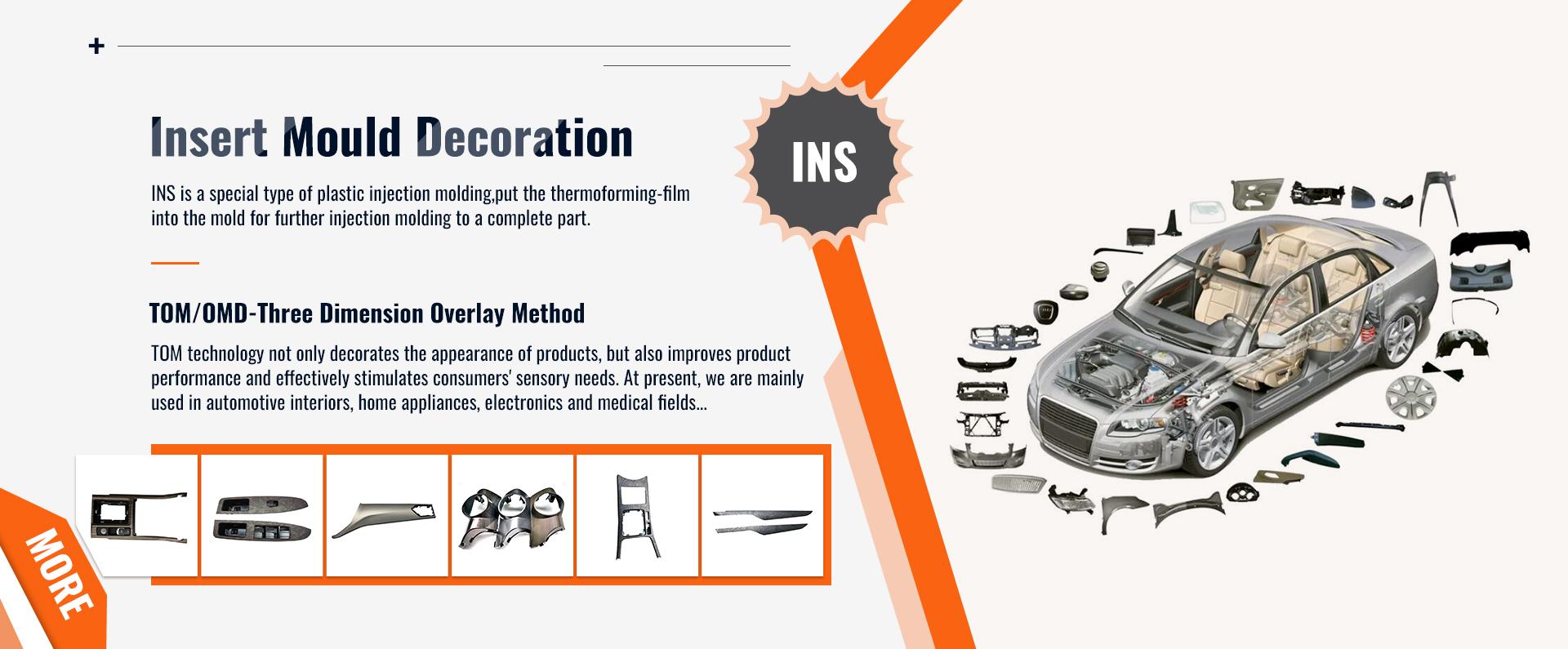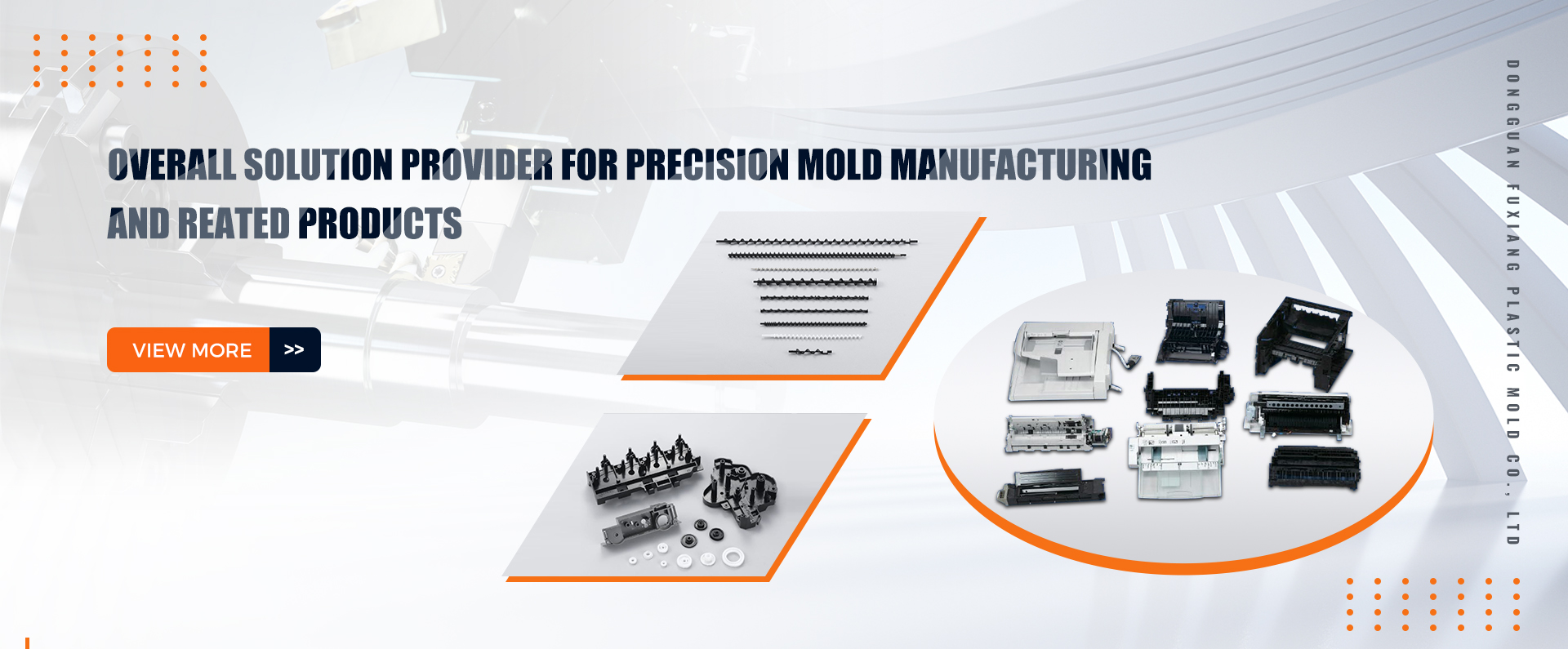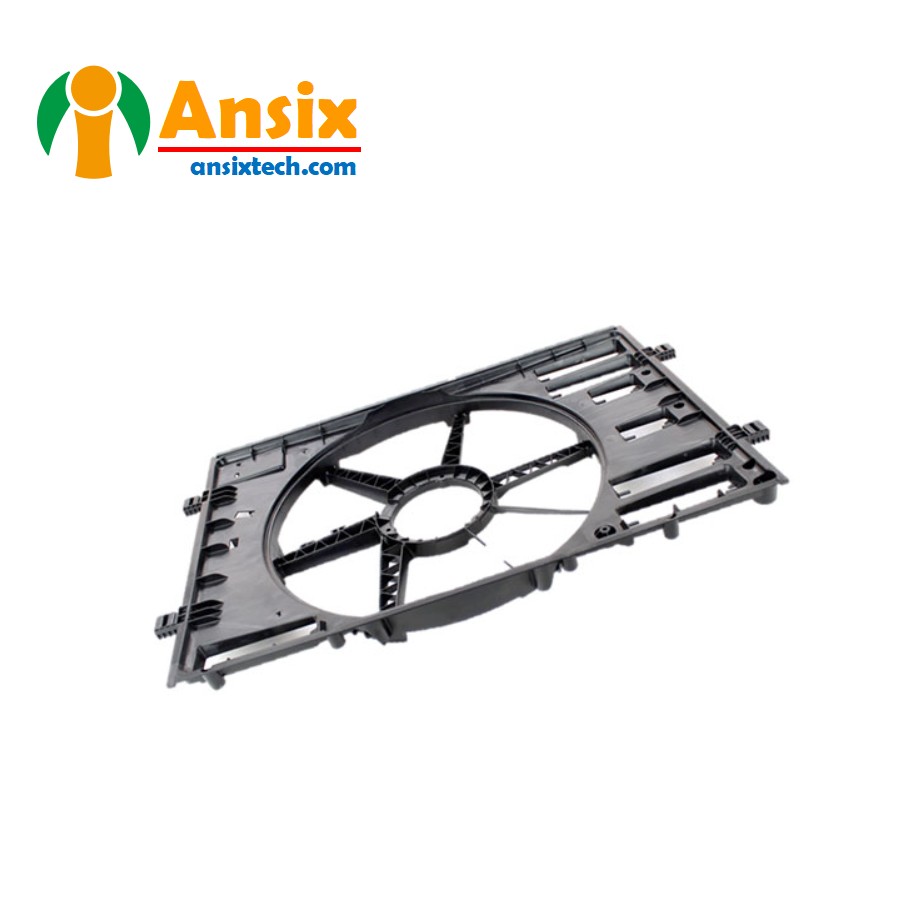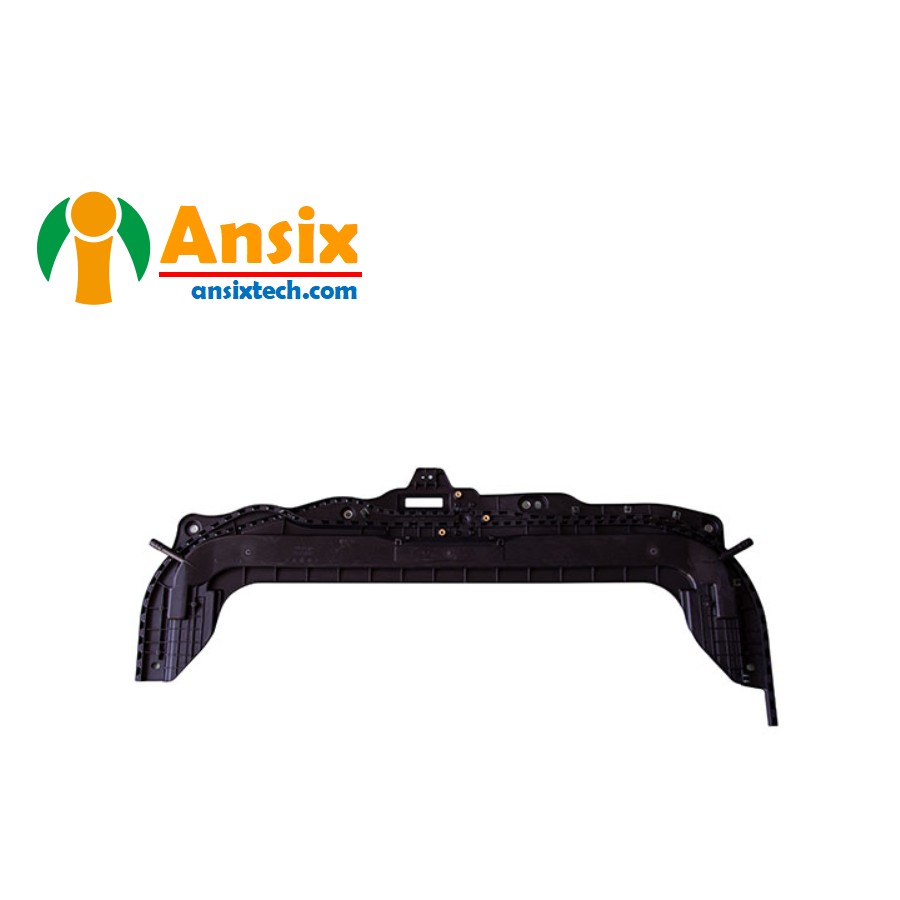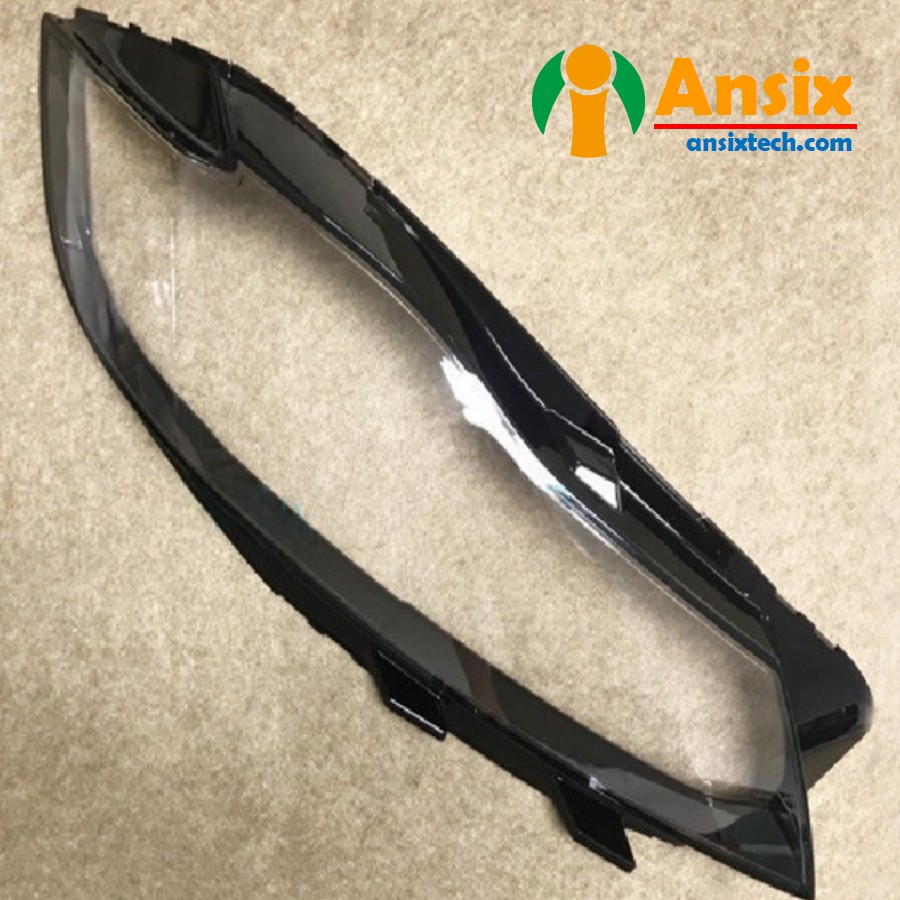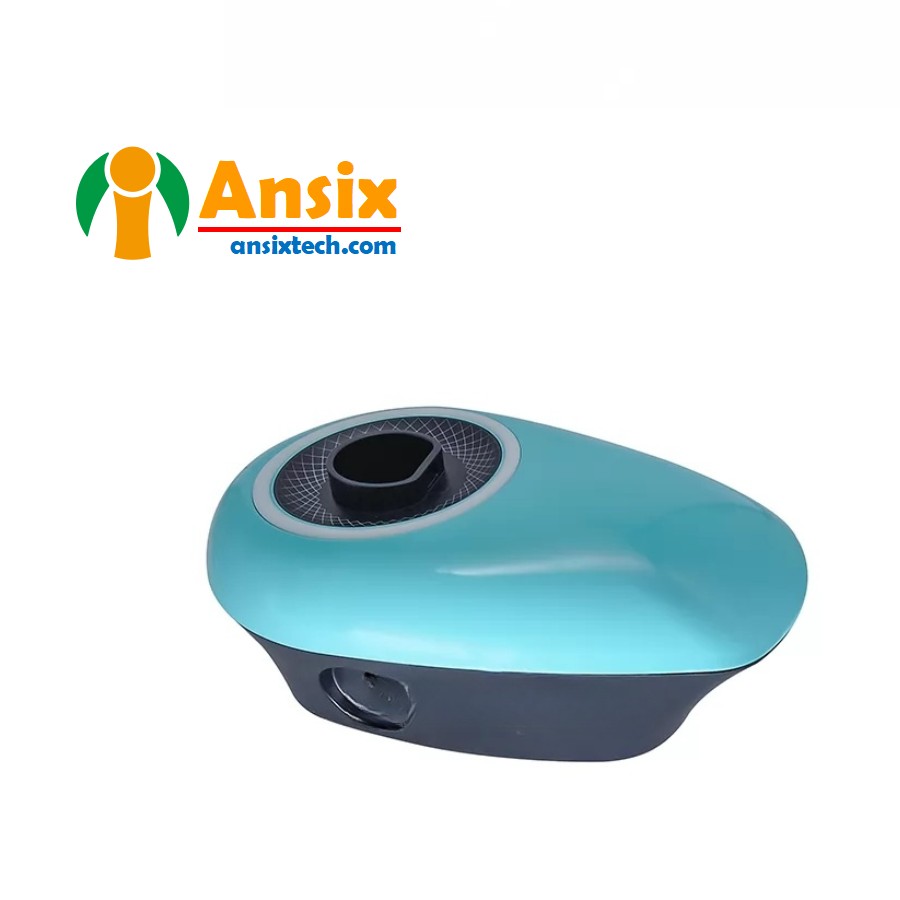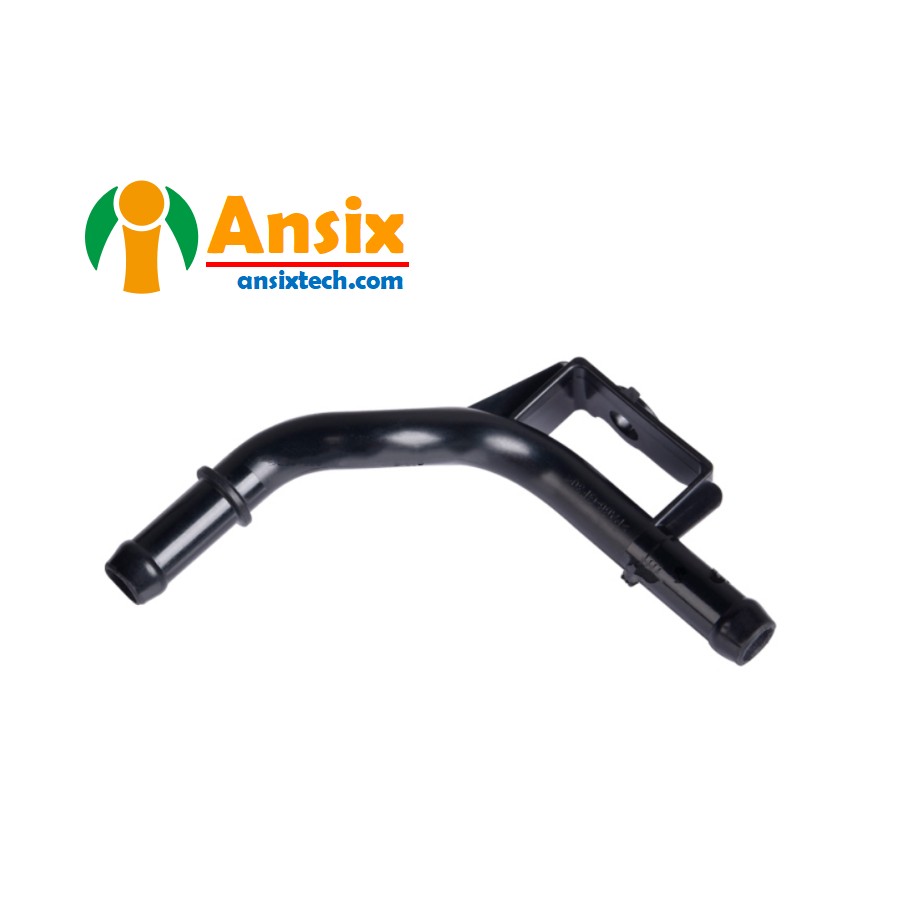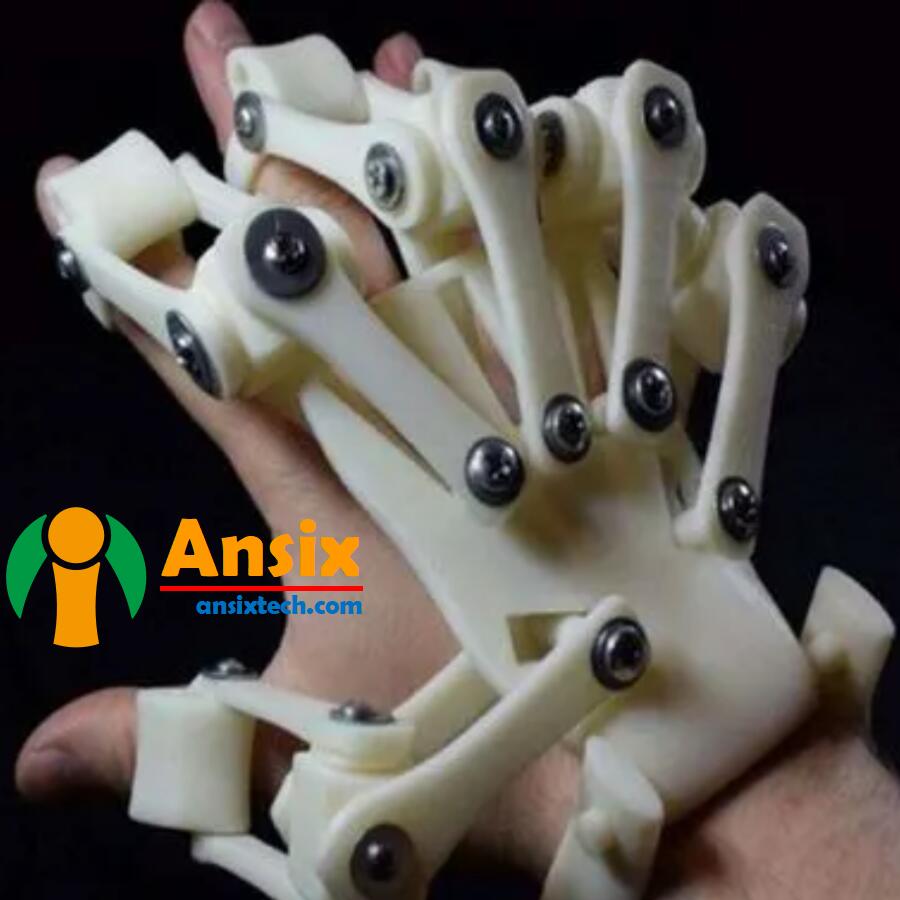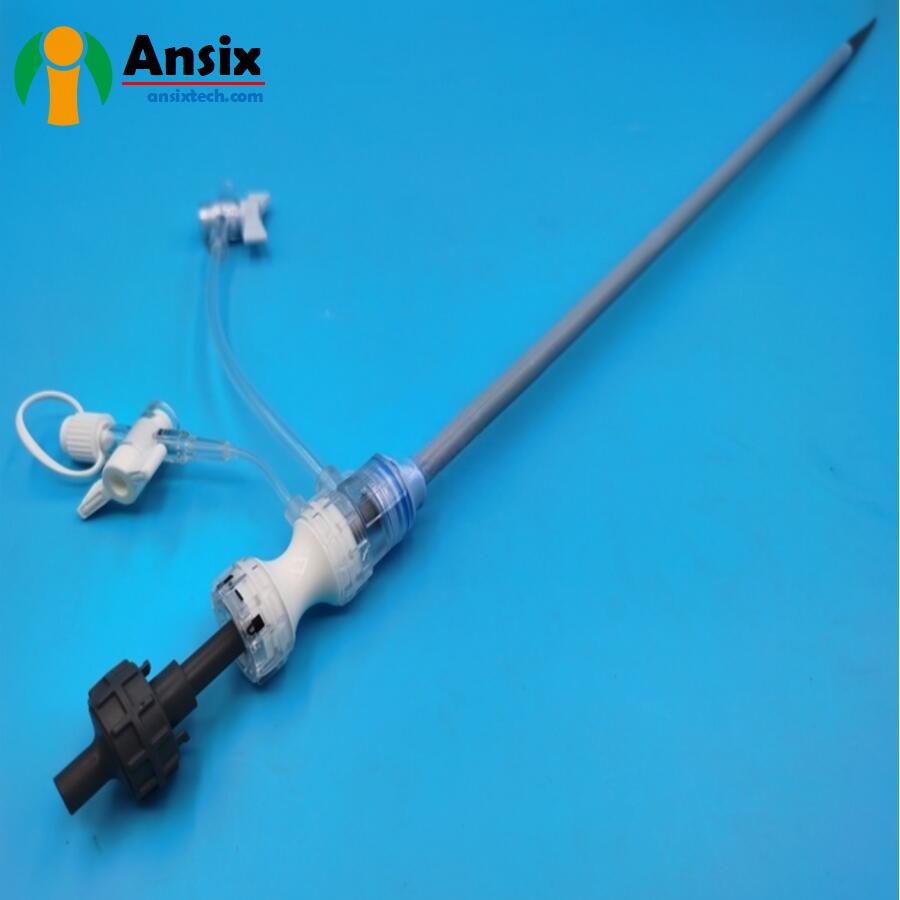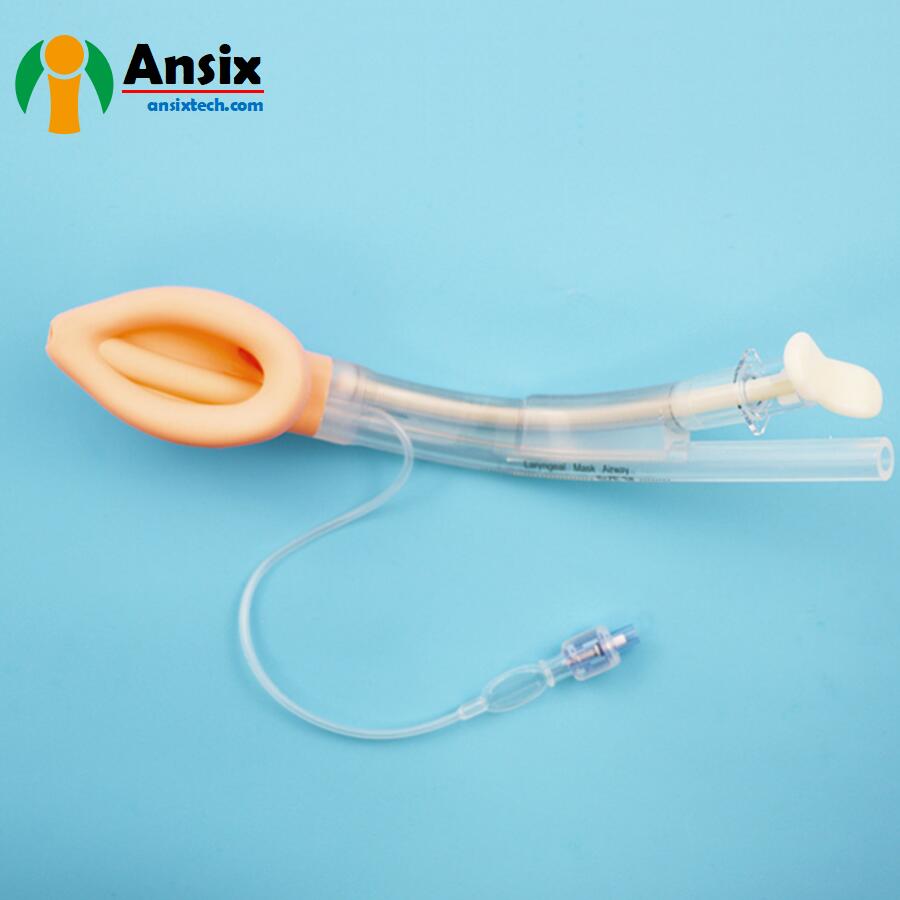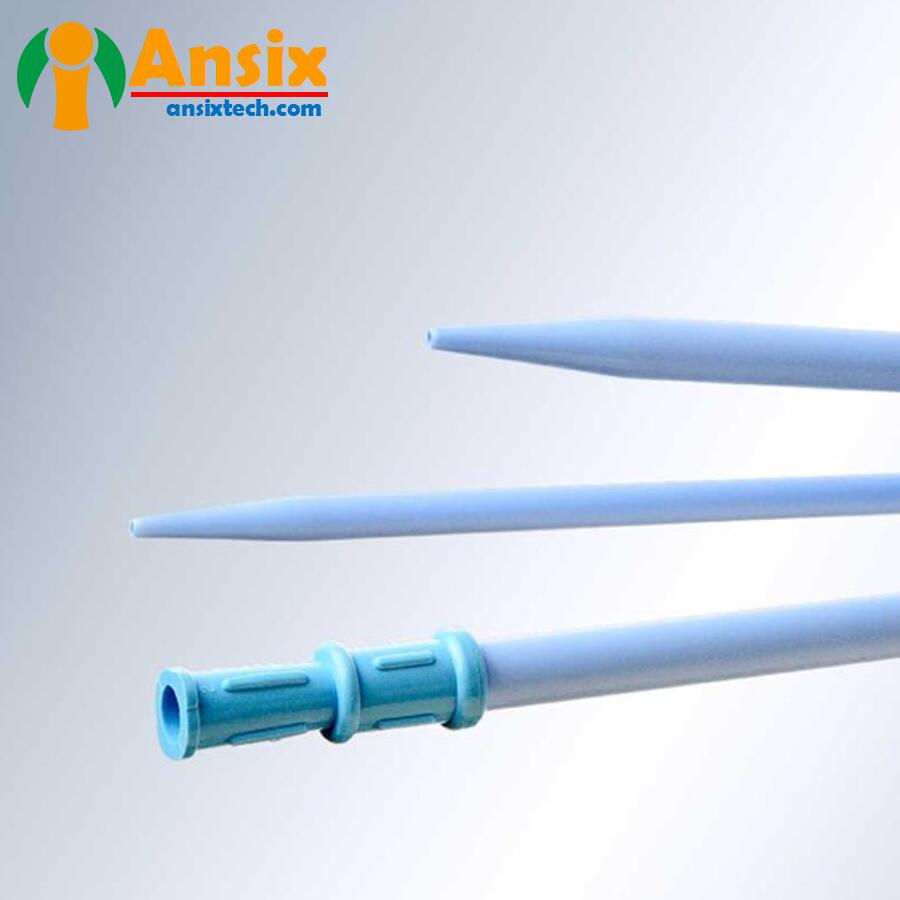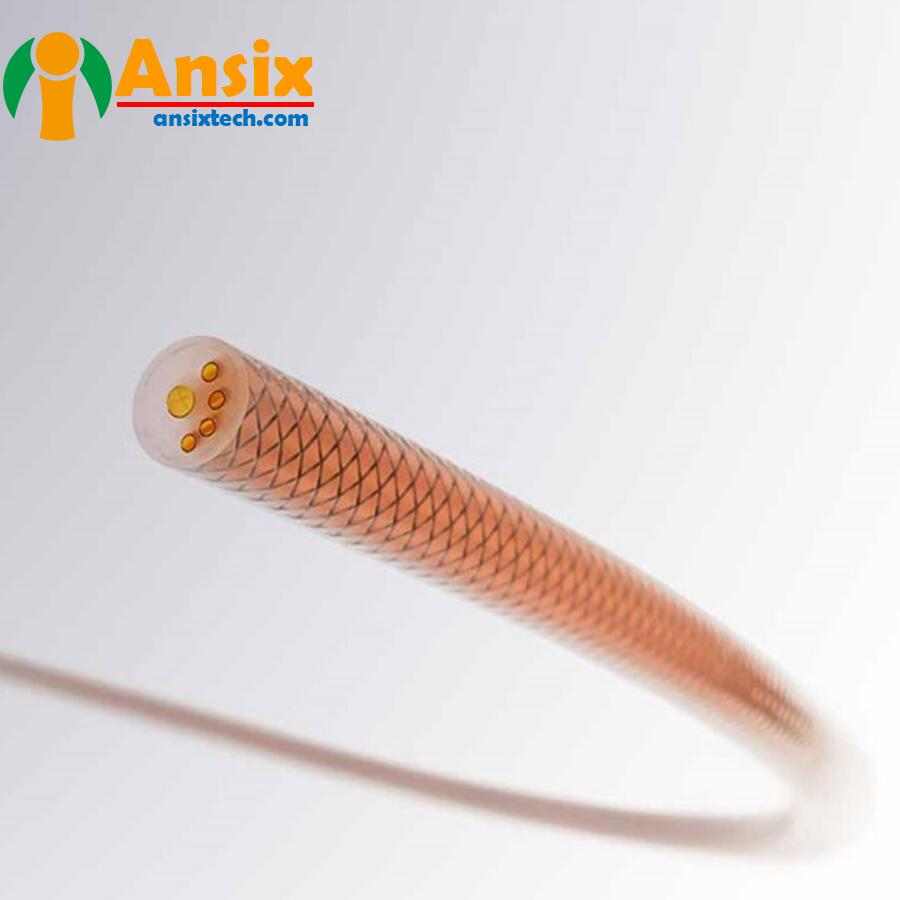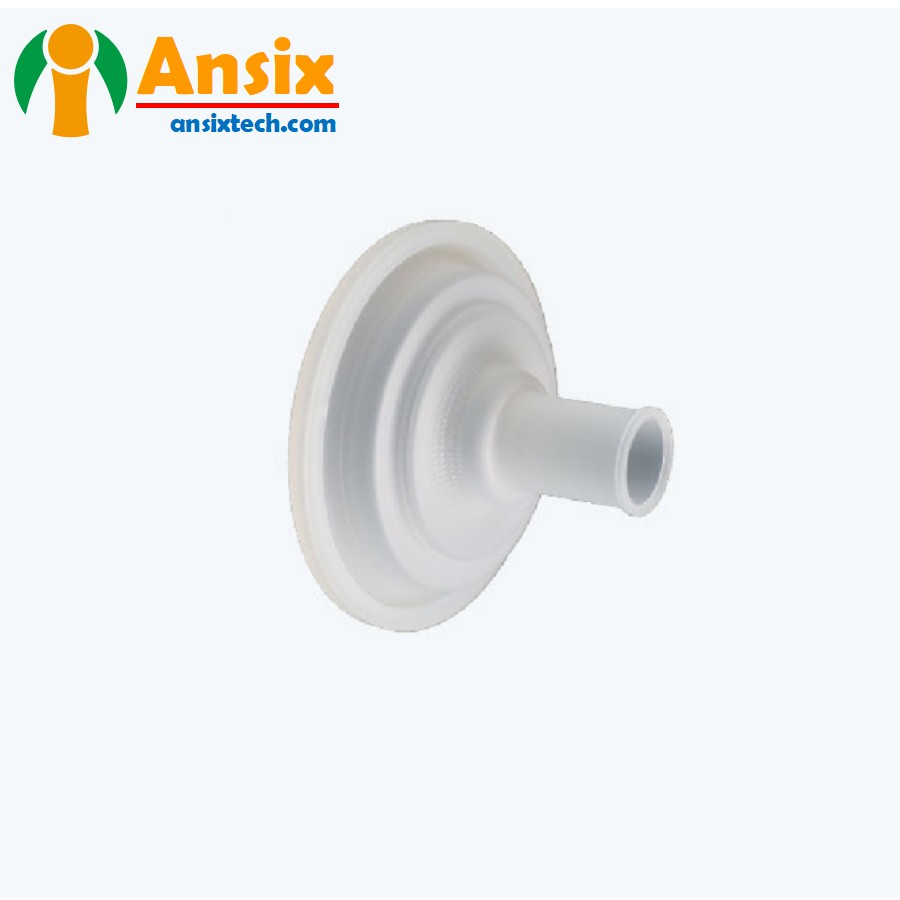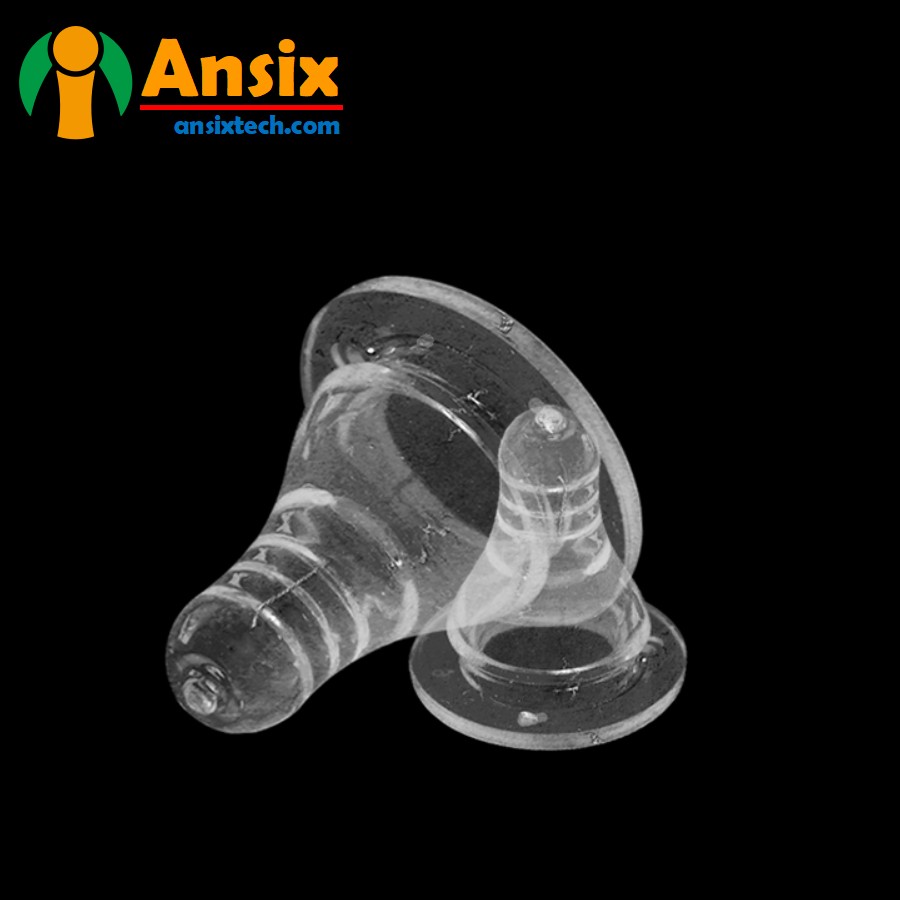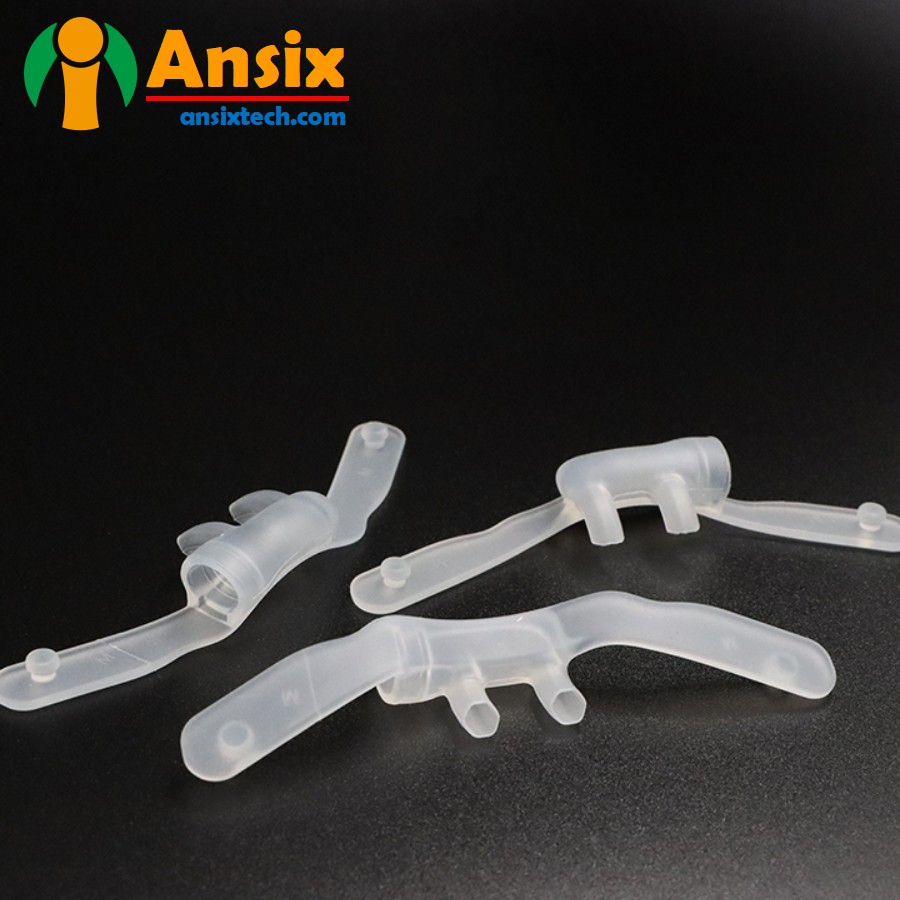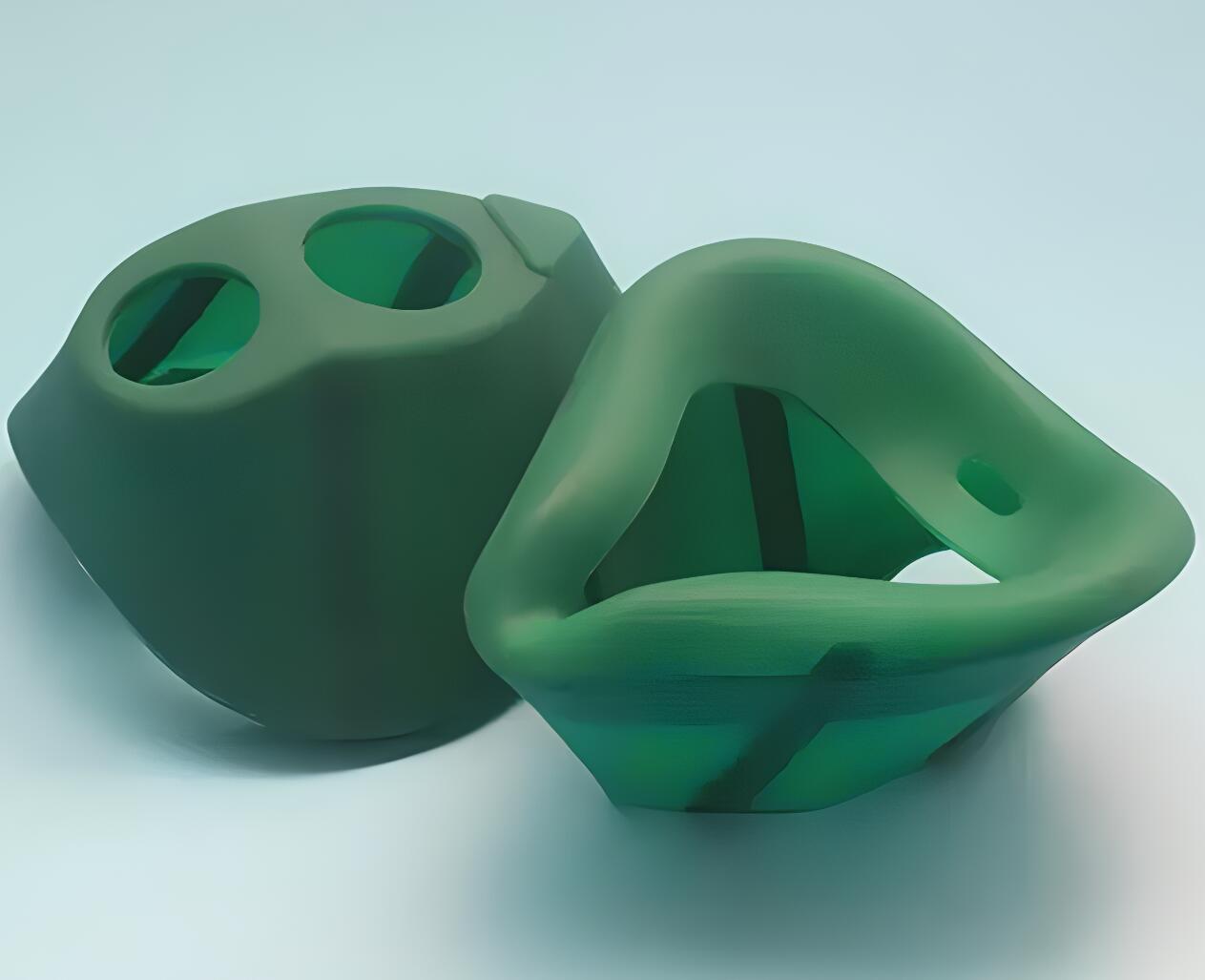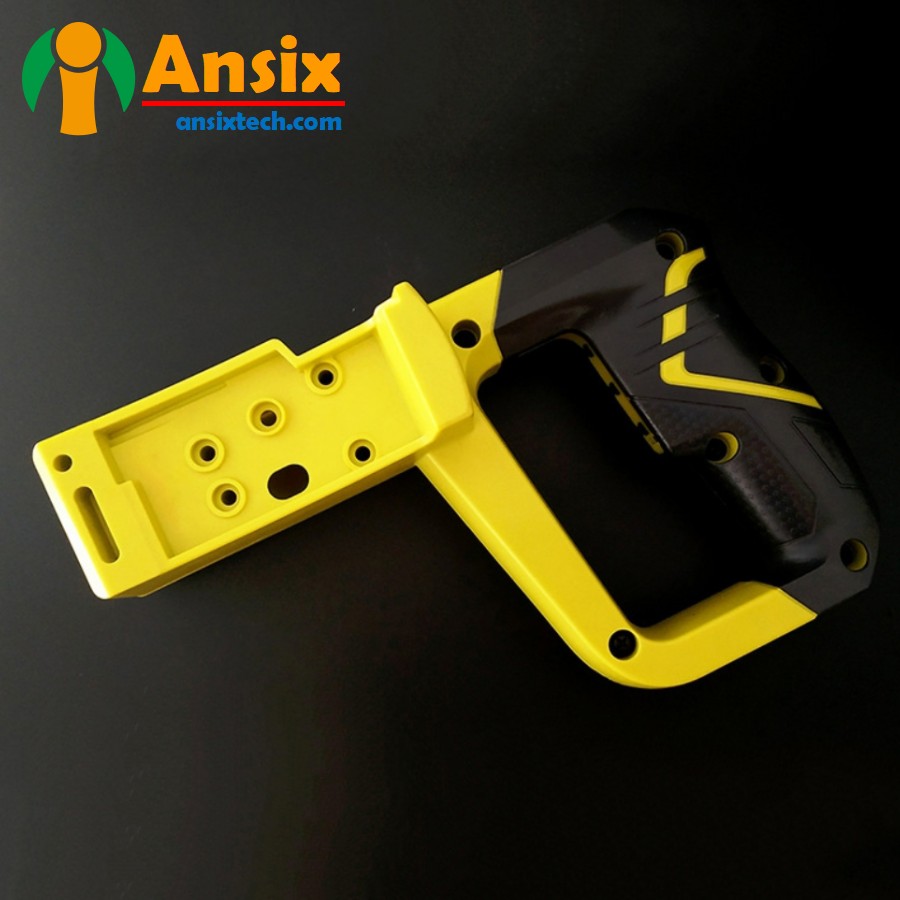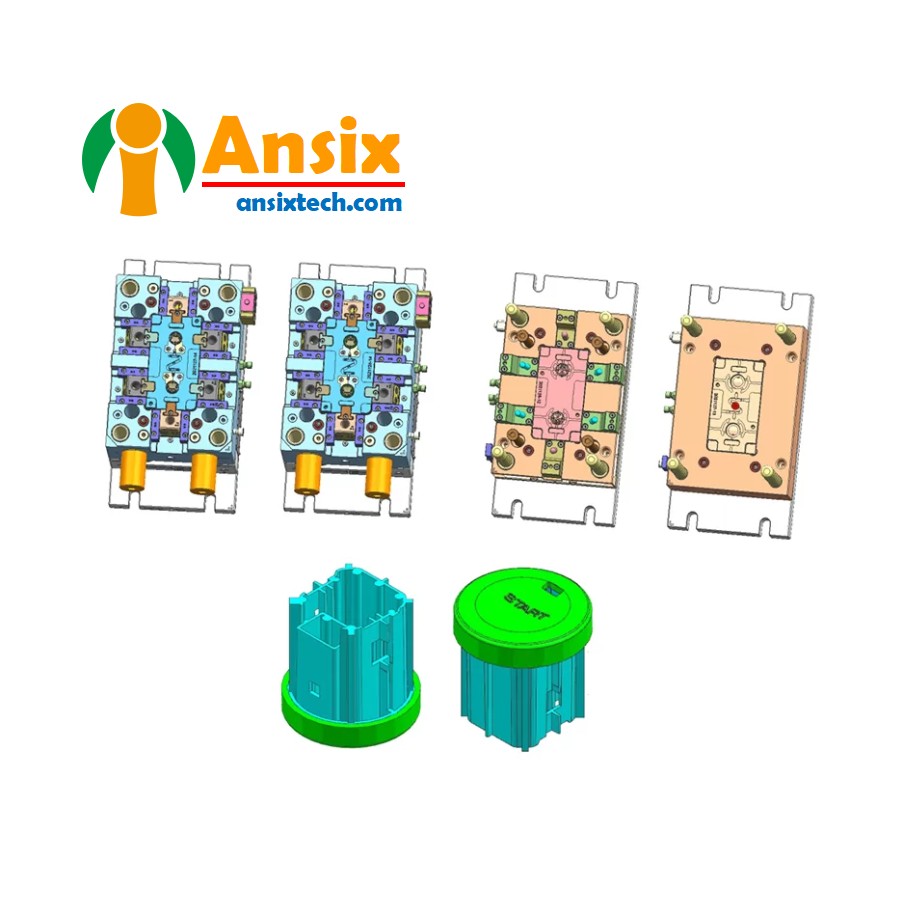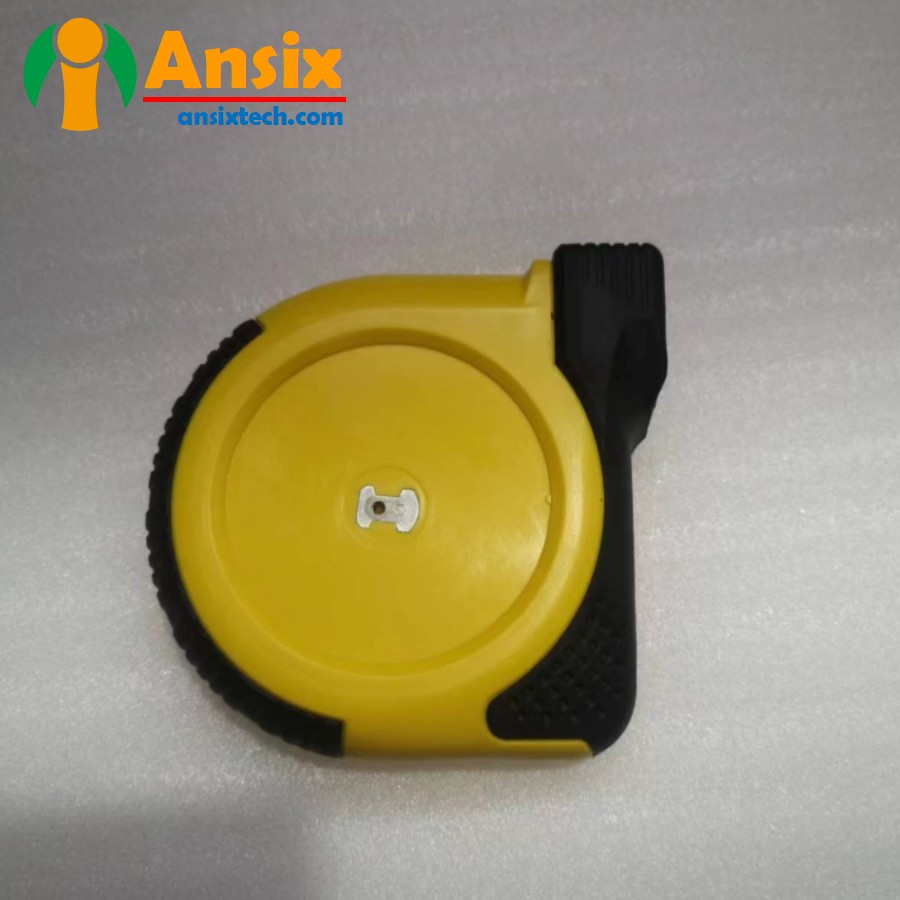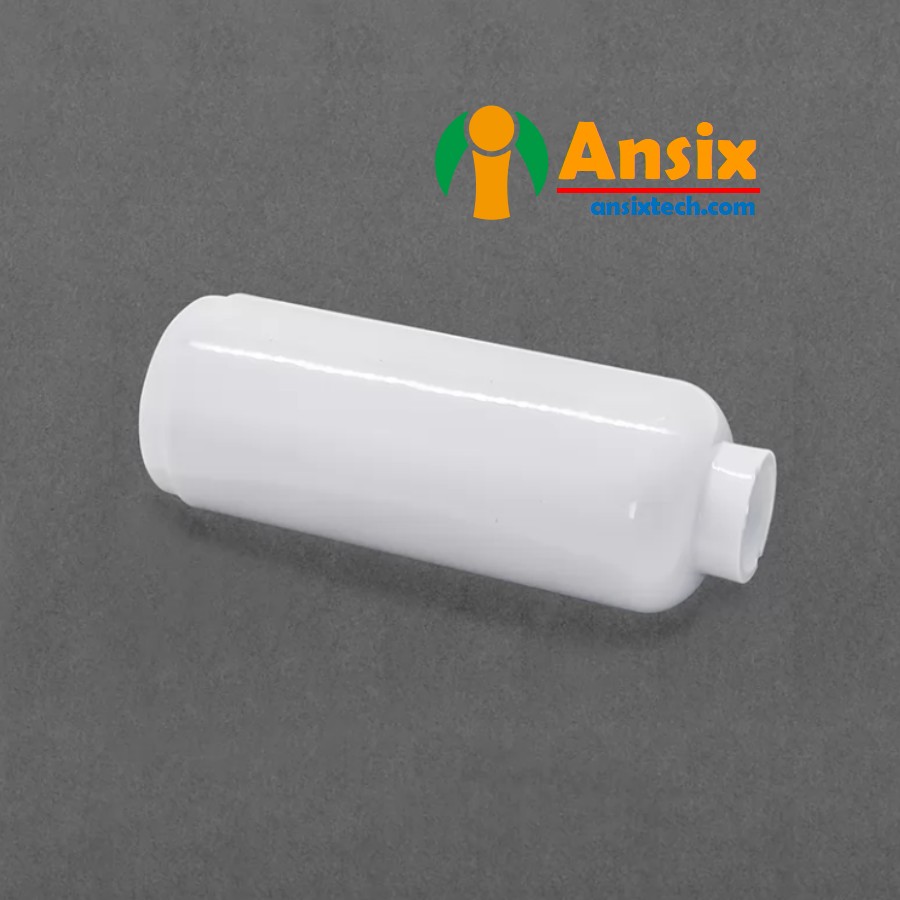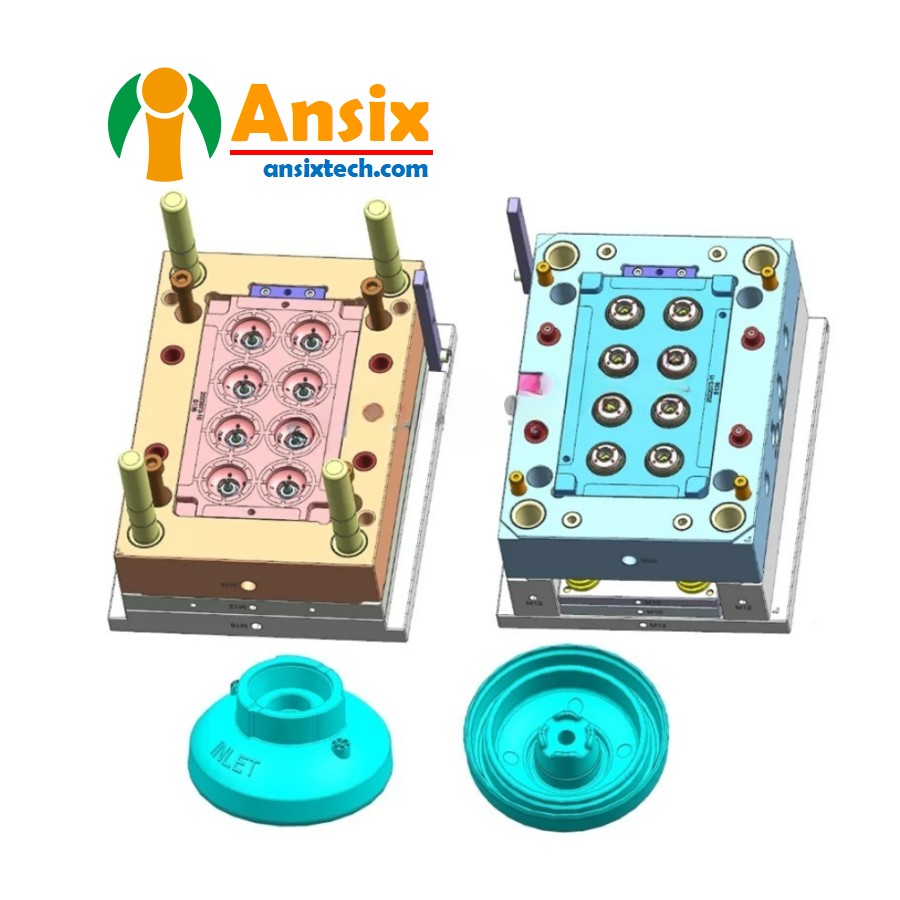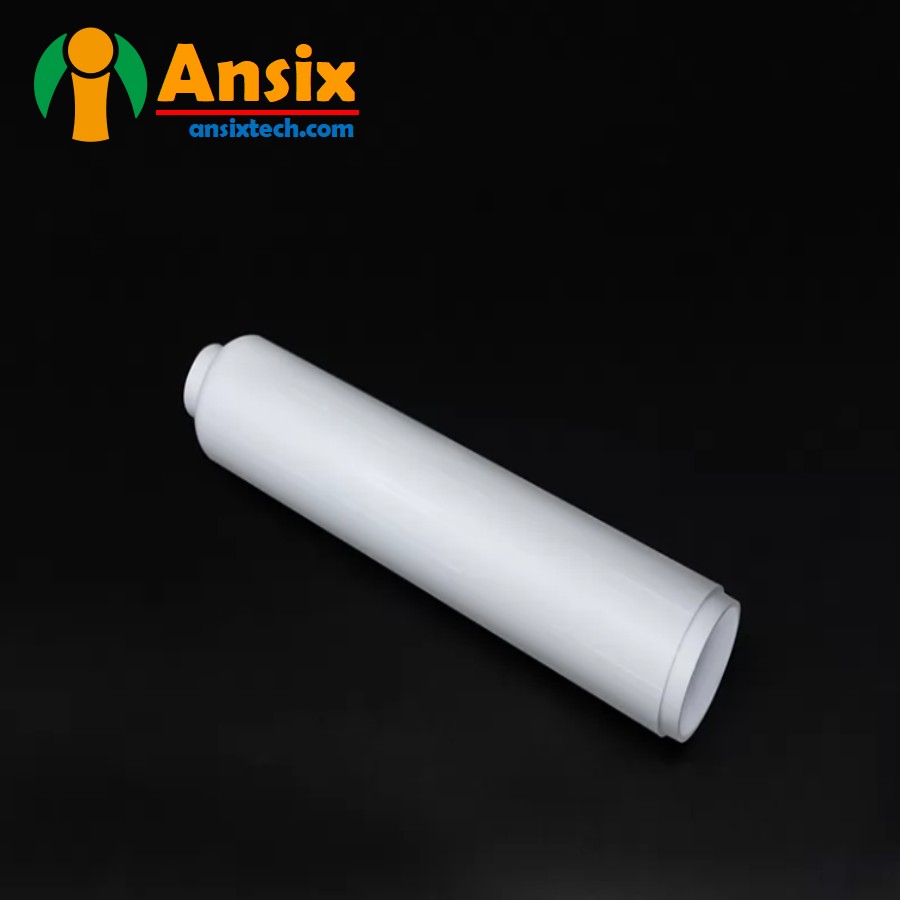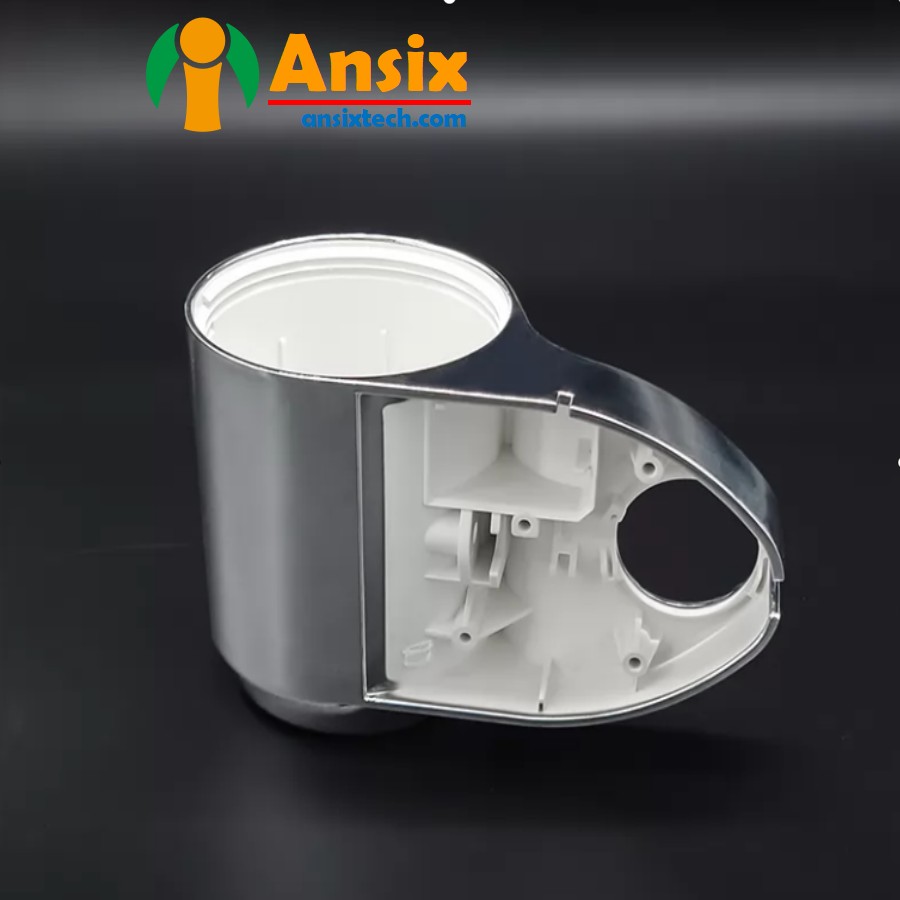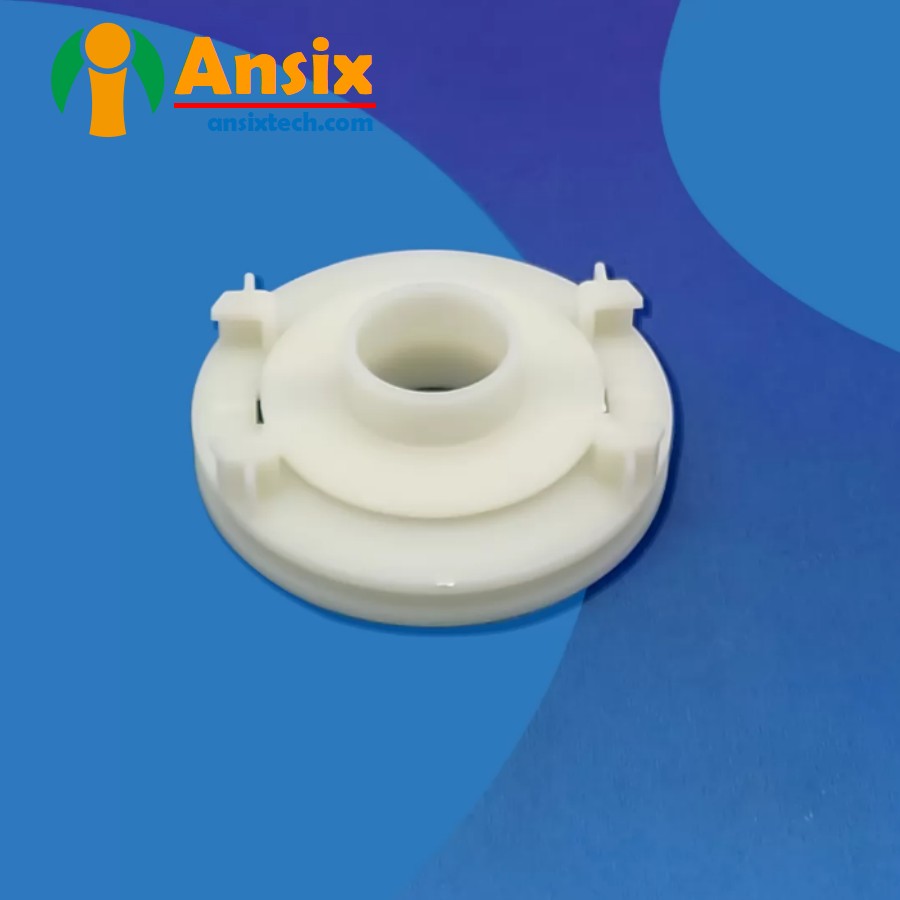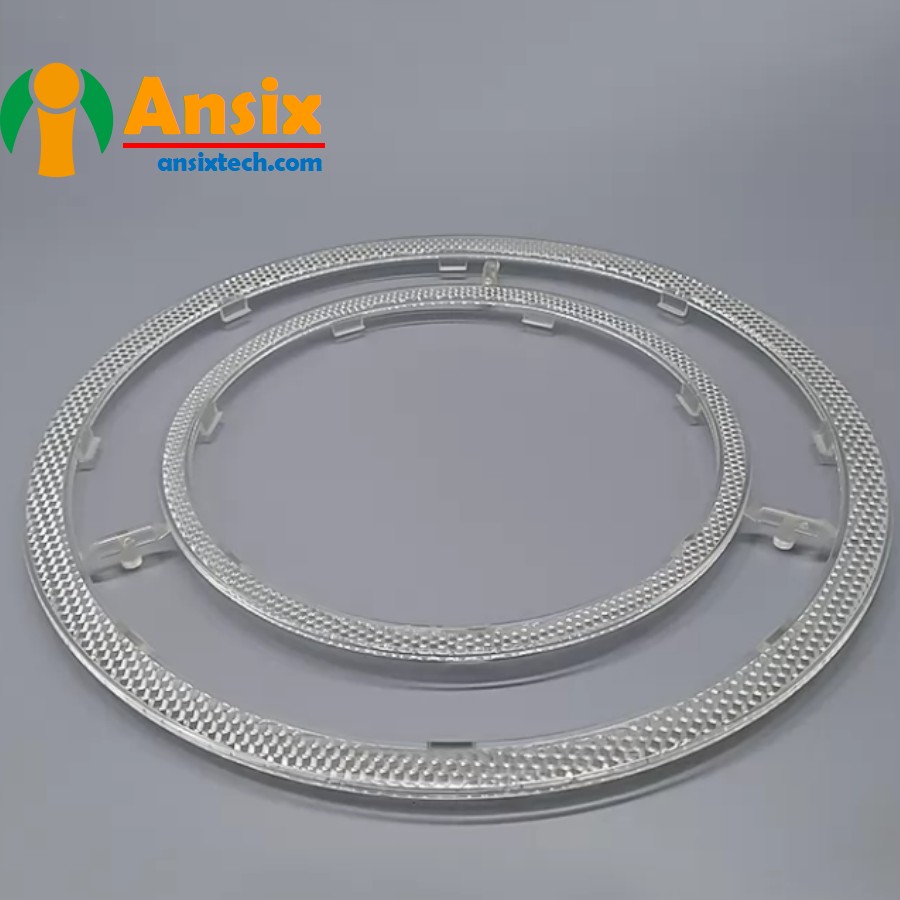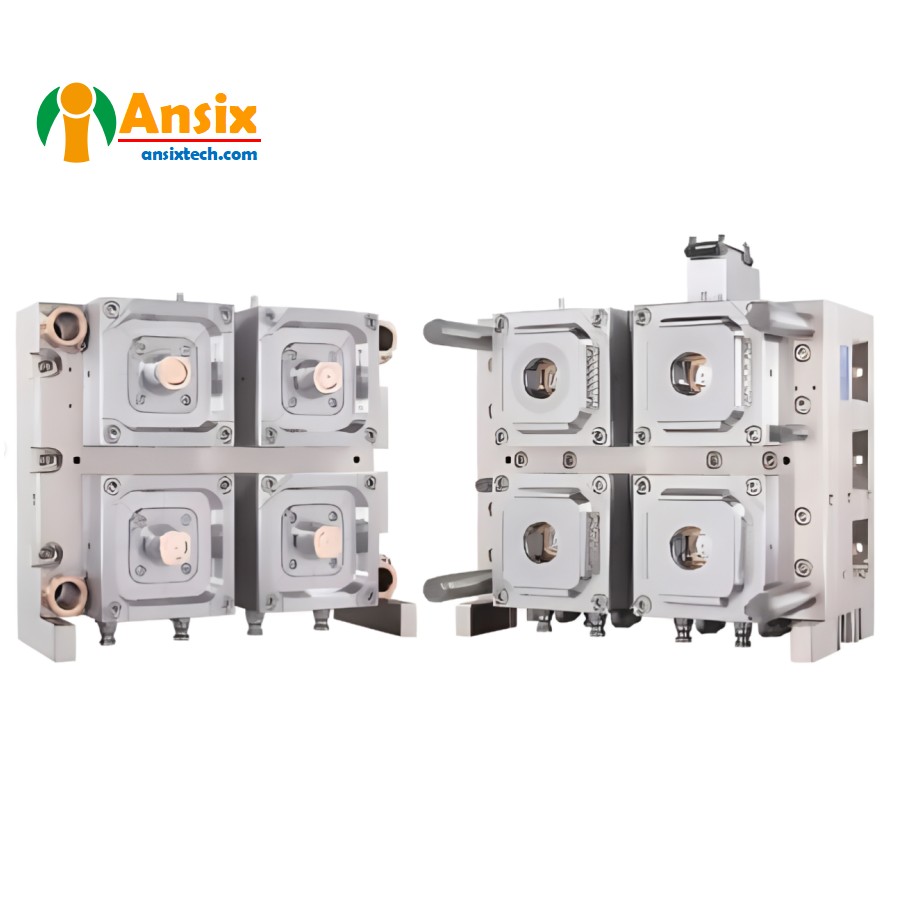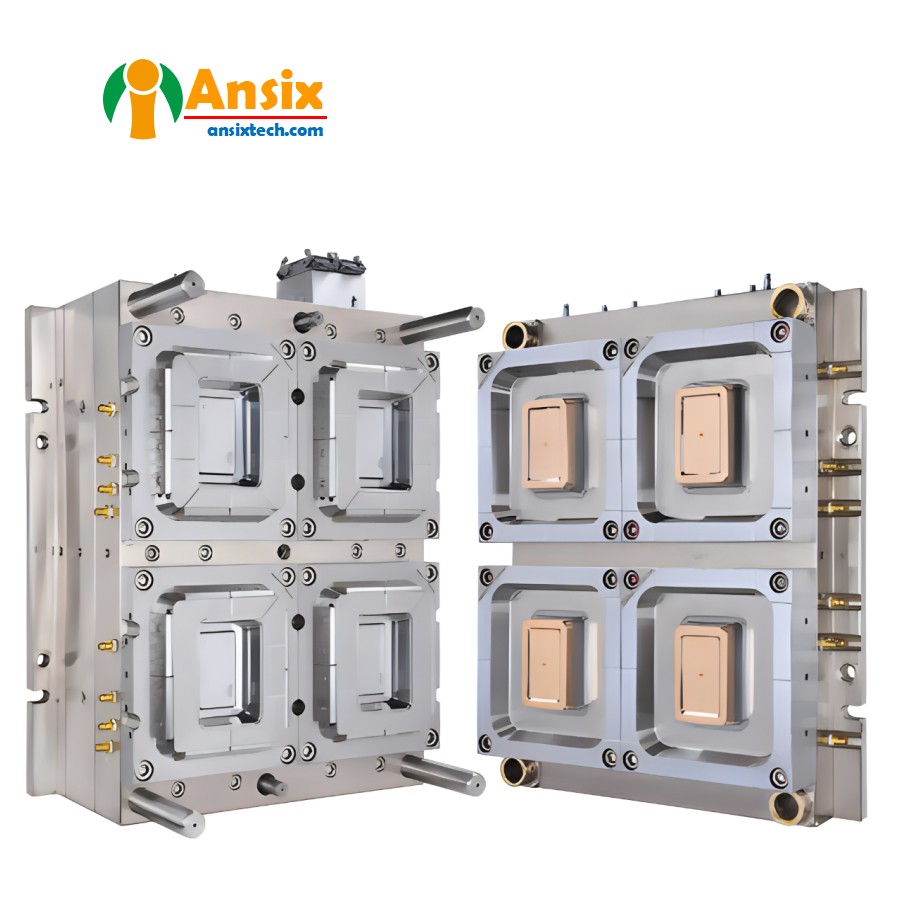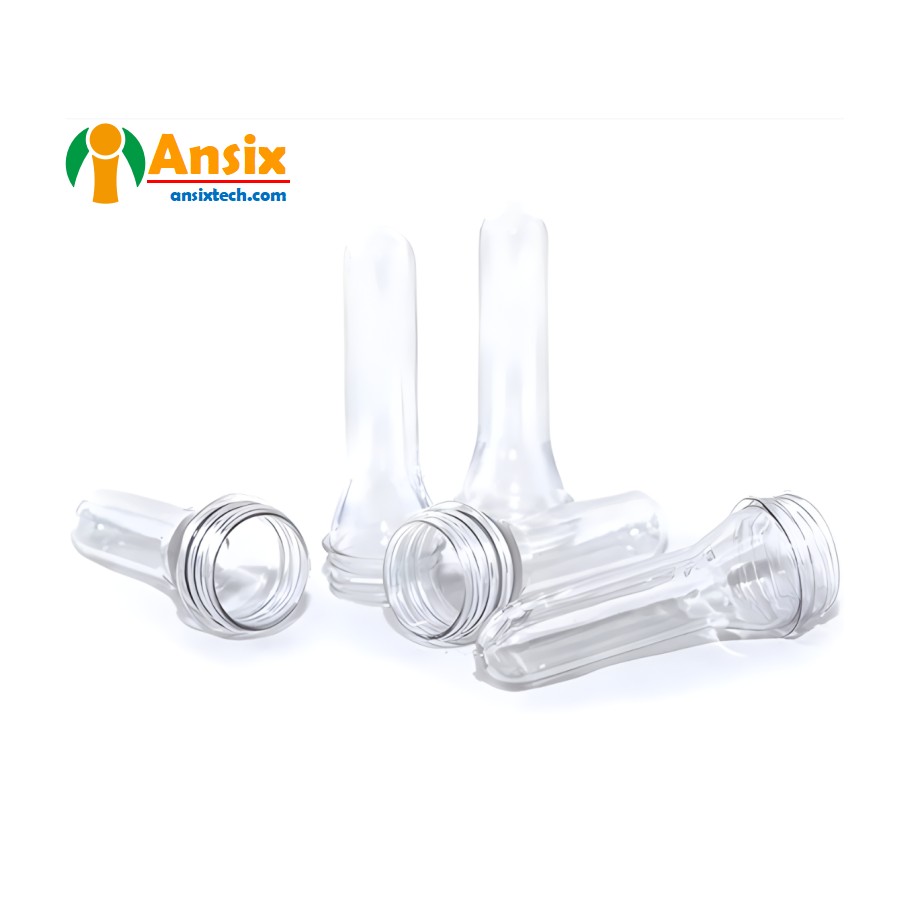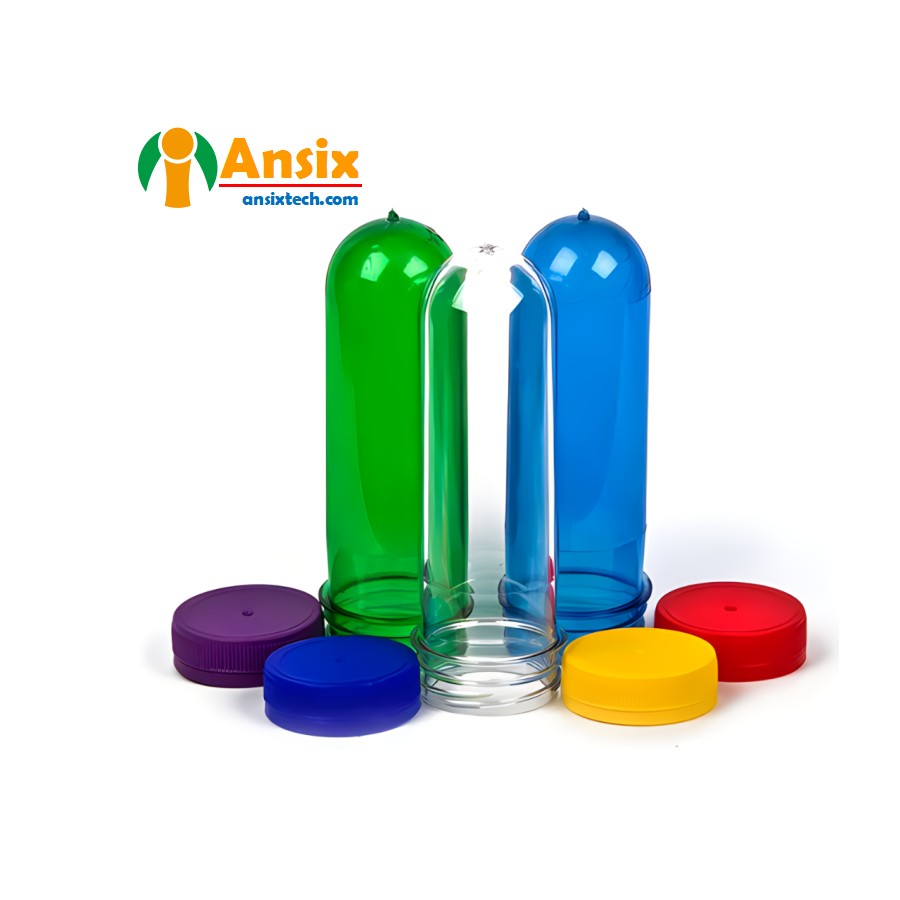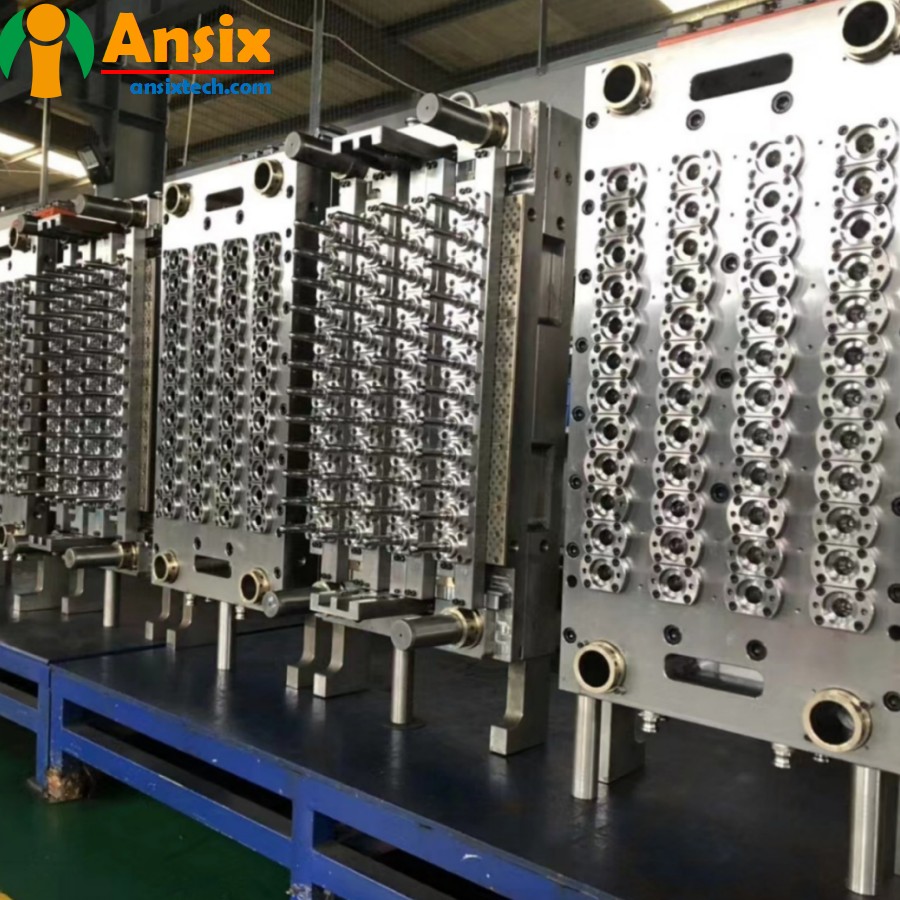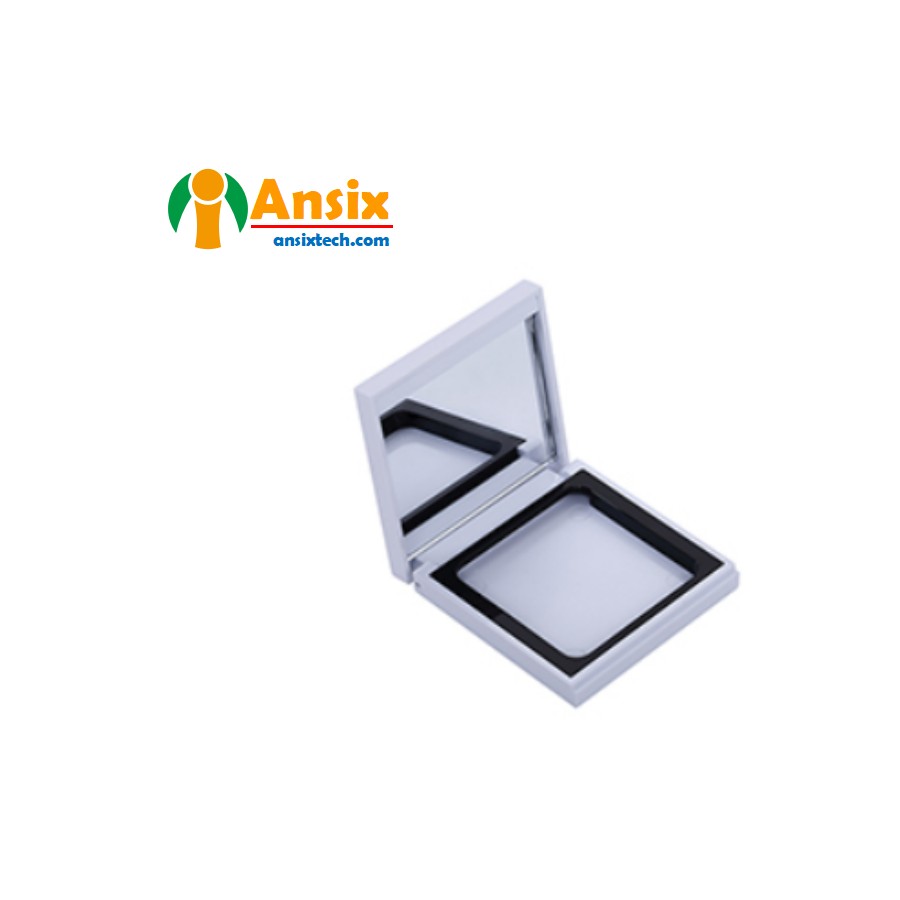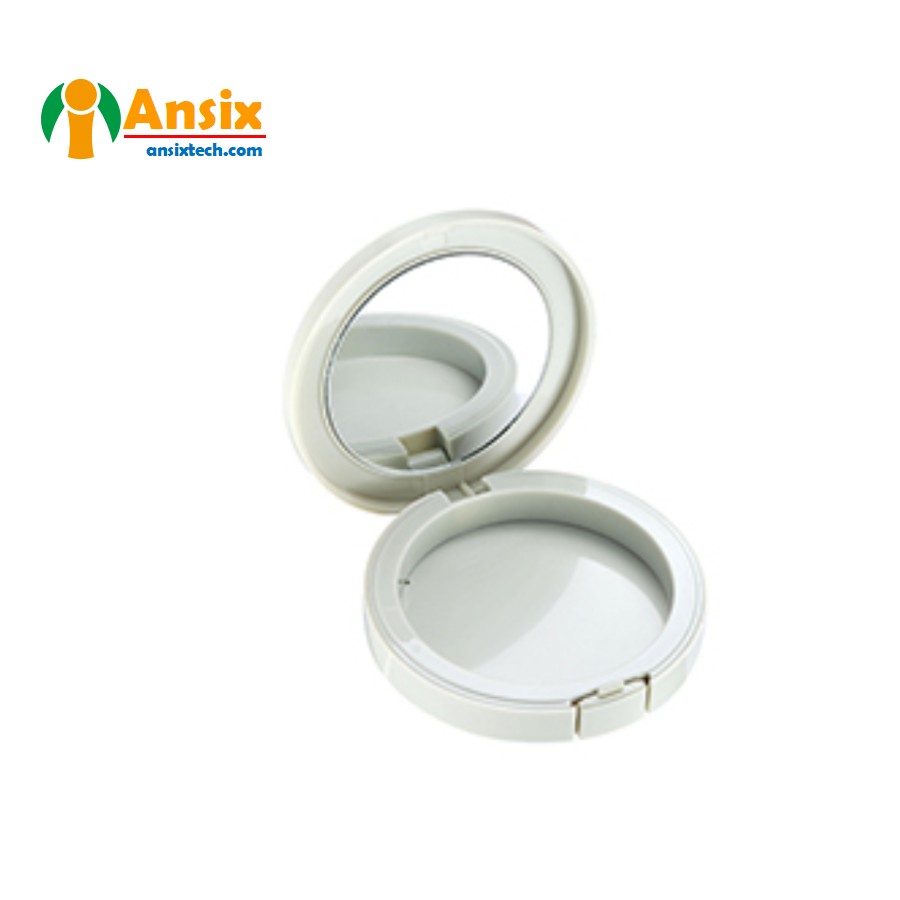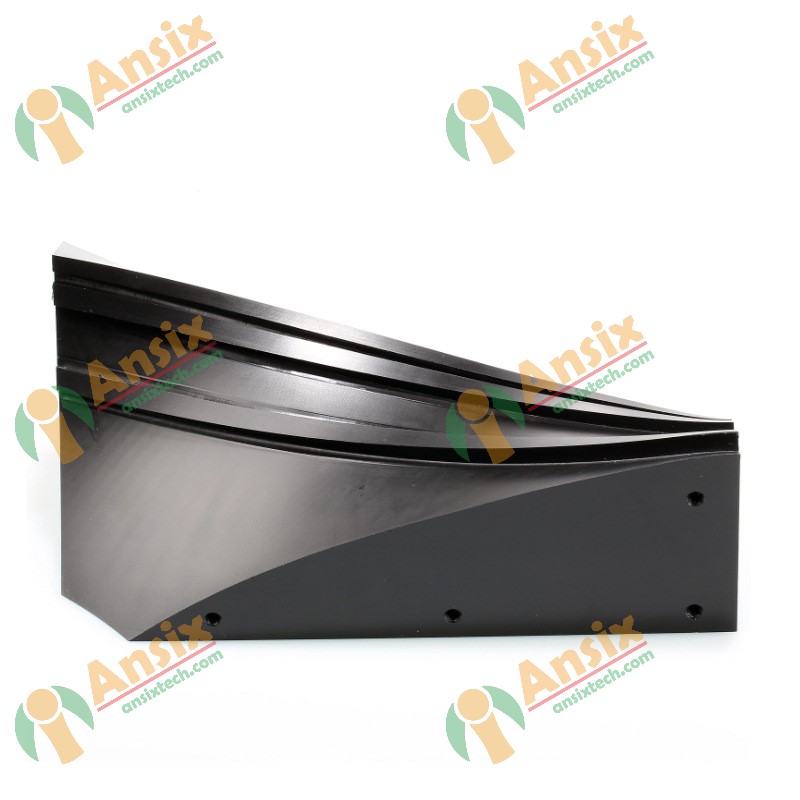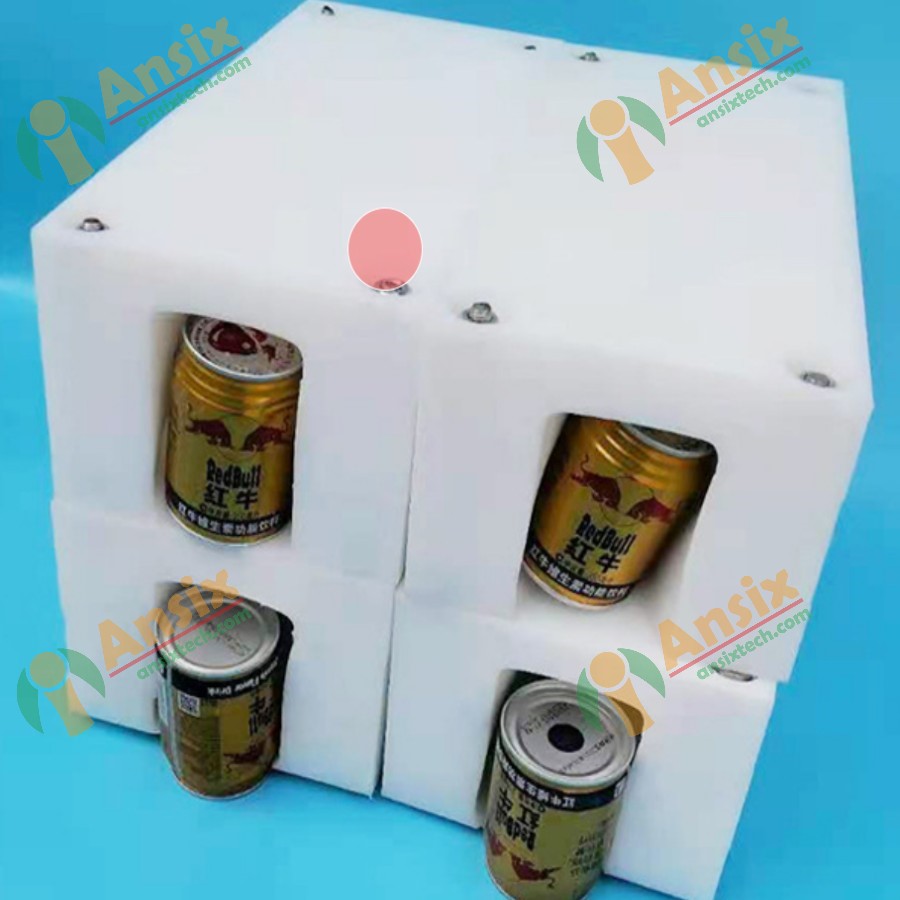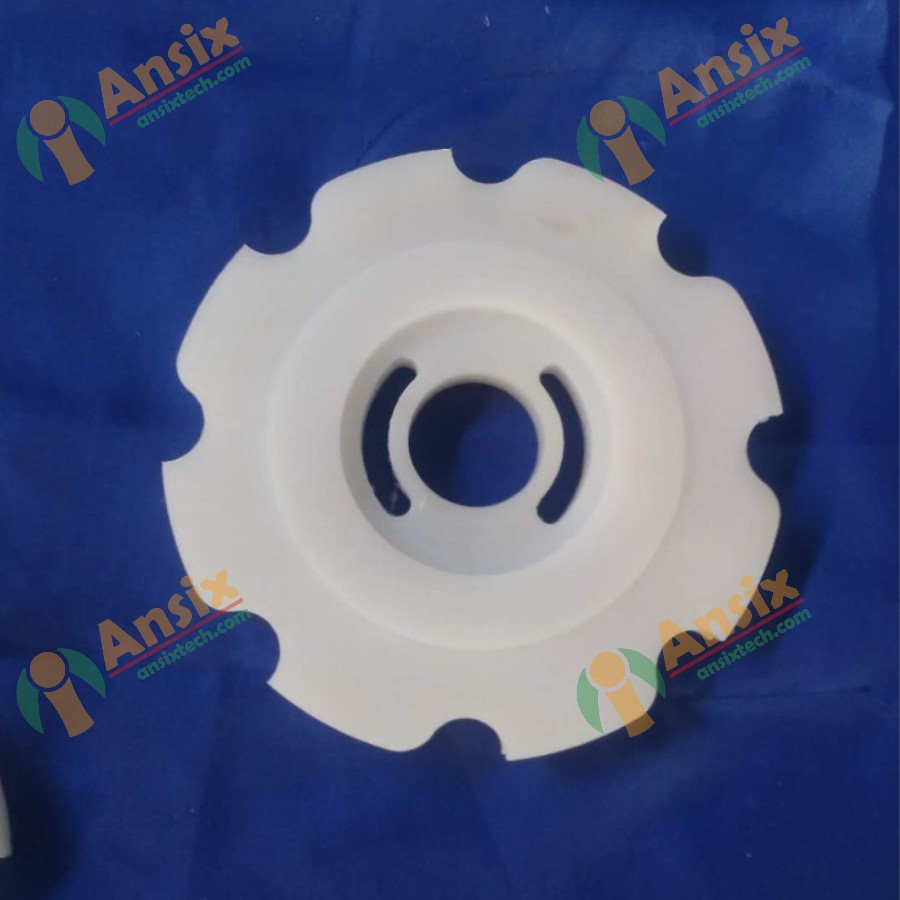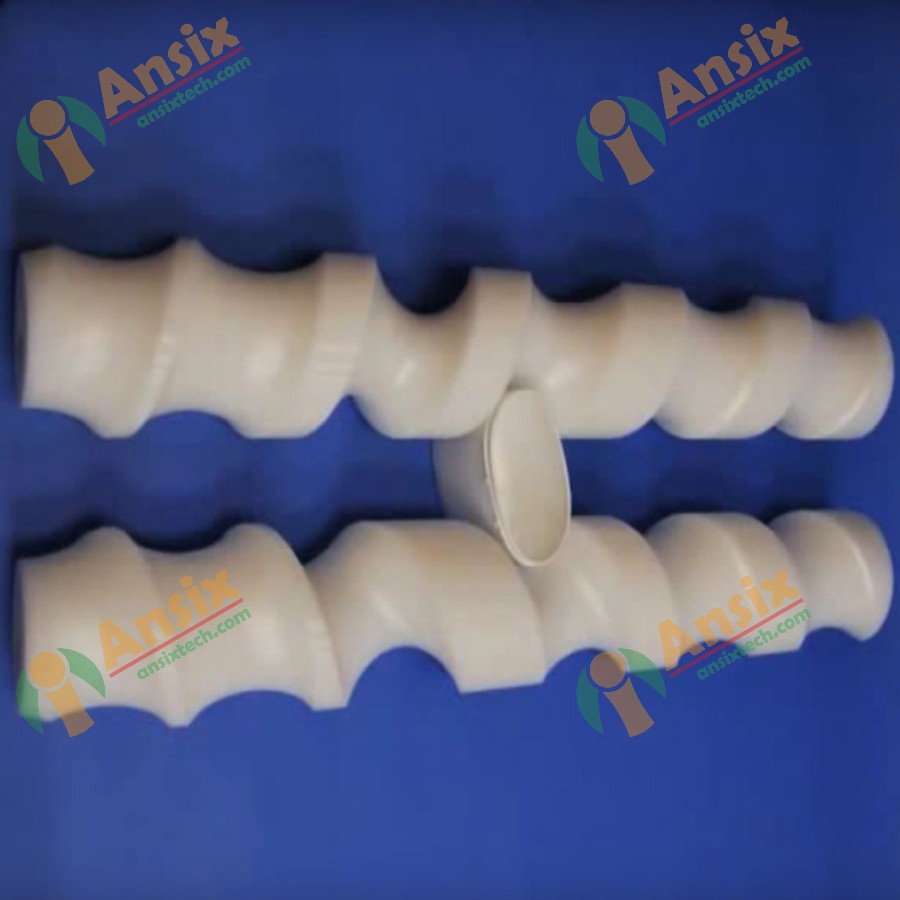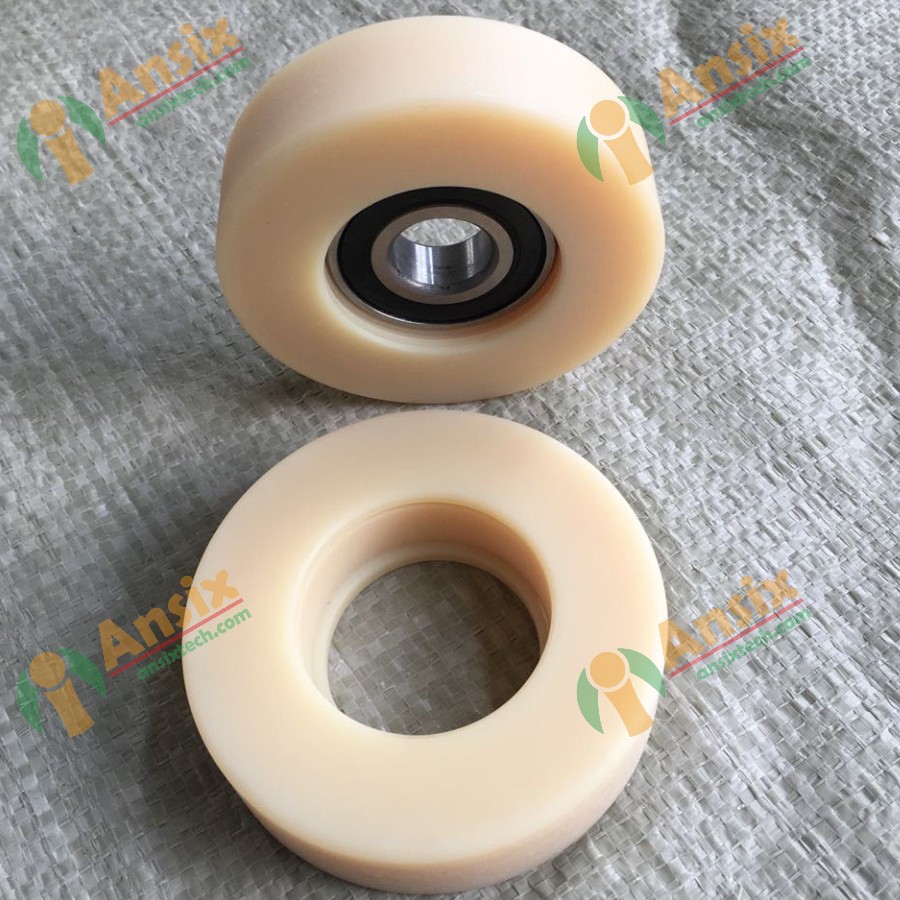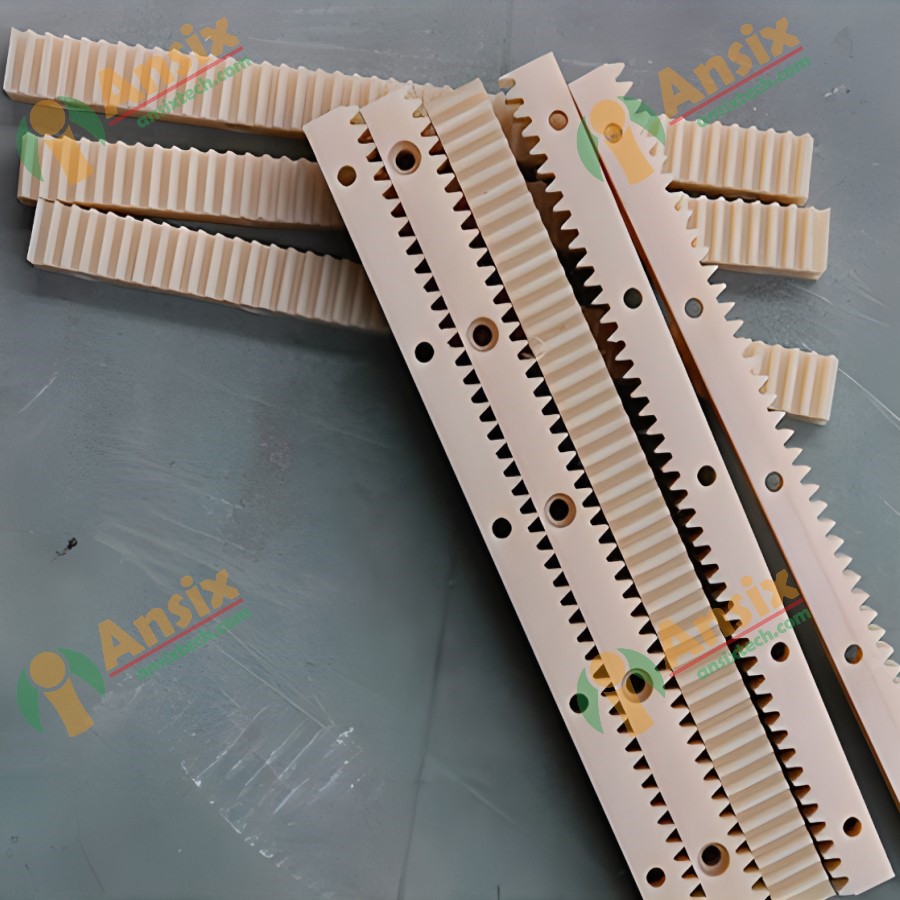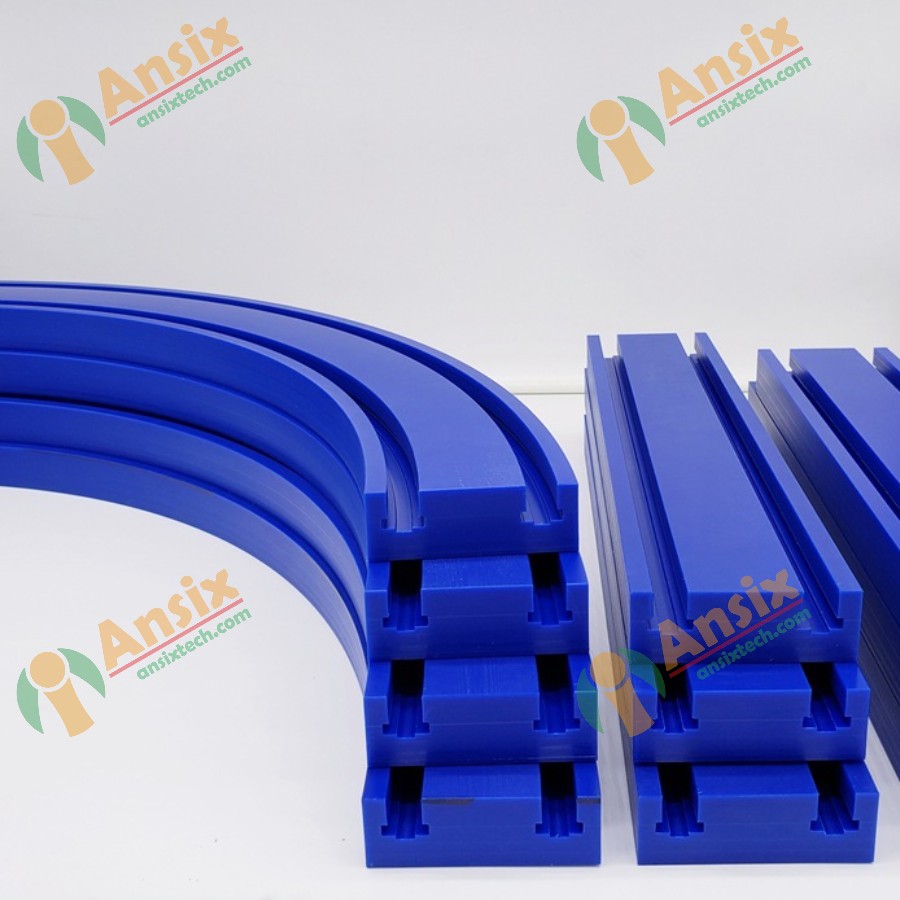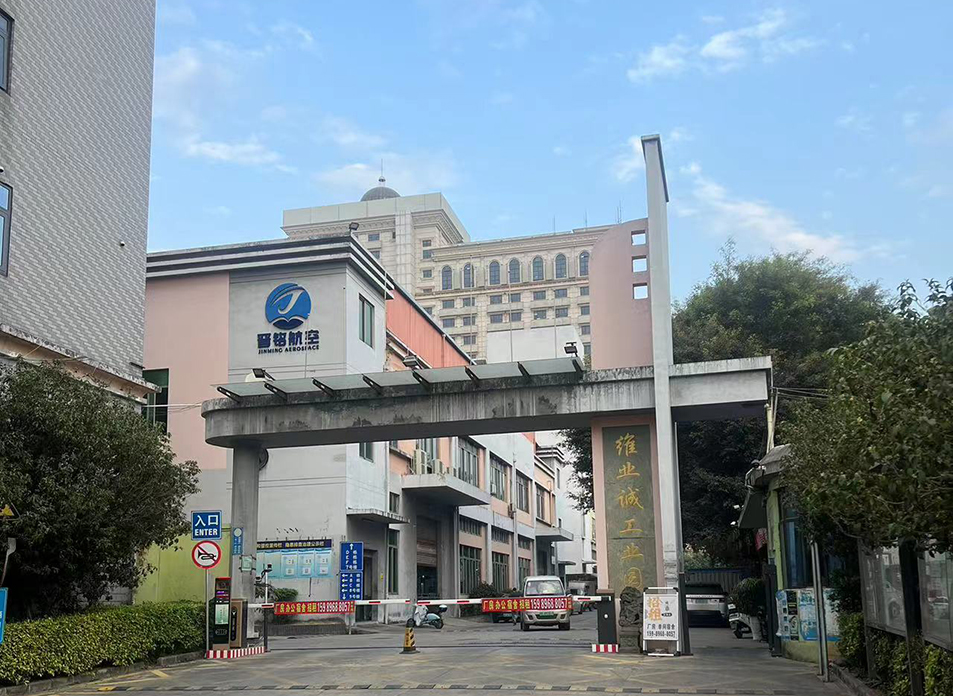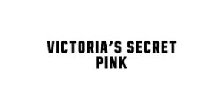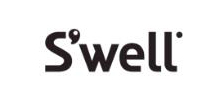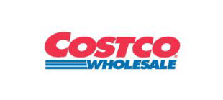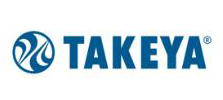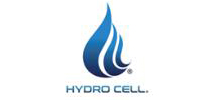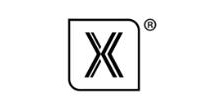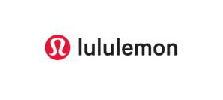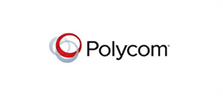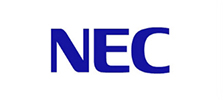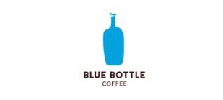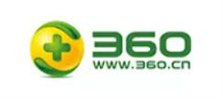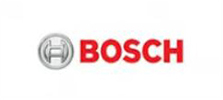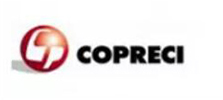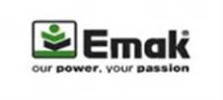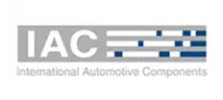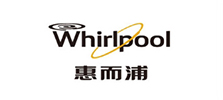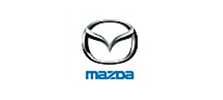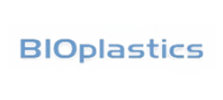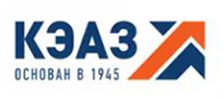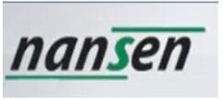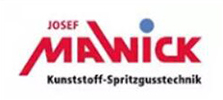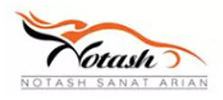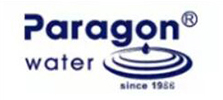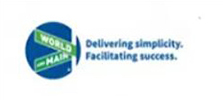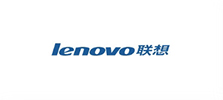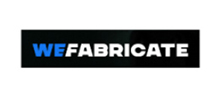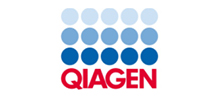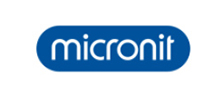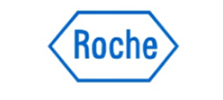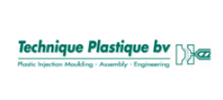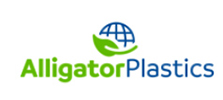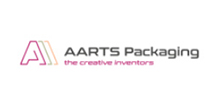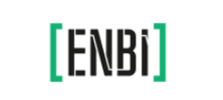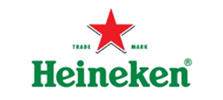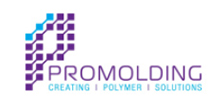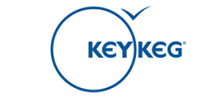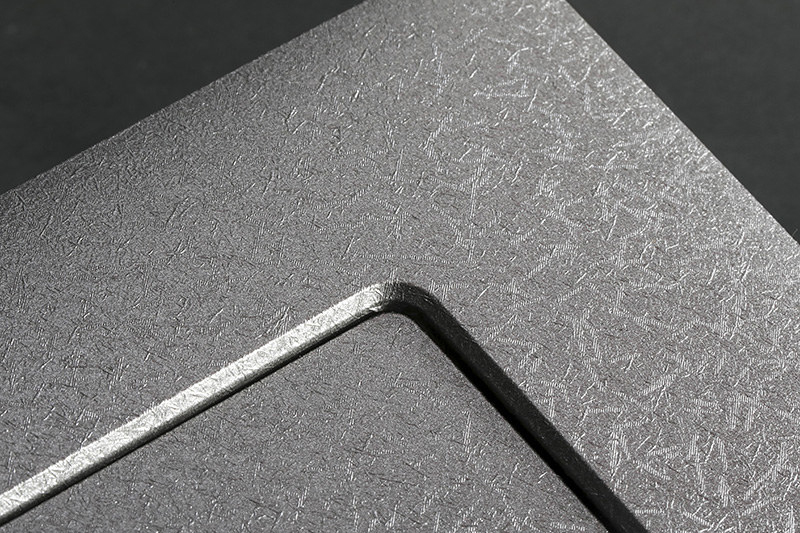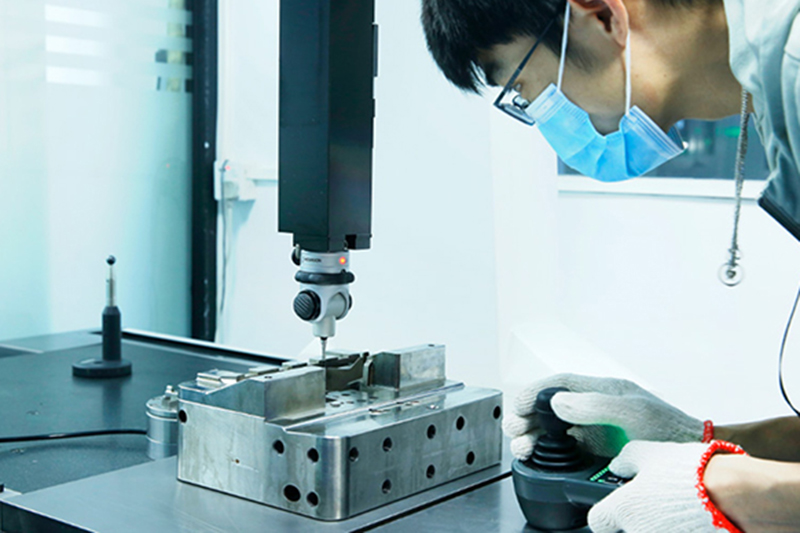AnsixTech had sold lots of in-mold labeling molds around the world, cooperated with robot automation system to make advanced integration system.
In-mold labeling Mold Product Features:
* Precise mold making, ensure the sability of labeling
* Product design solution, achieve optimized IML application
* Light weight solution - provide clients optimized product design suggestion, to achieve the best production performance.
* Wear plate design - for long-term concern, concentricity adjustment more easily.
* Square- centering cavity design/ Round- centering cavity design
Multi-cavity design: 16cav, 8cav 6cav,4cav,2cav,1cav…etc.
The difficulties in manufacturing in-mold labeling molds mainly include the following aspects:
Mold structure design: In-mold labeling molds need to take into account the size and shape of the label, as well as the opening and closing method of the mold and the layout of the injection system. The structure of the mold needs to be designed properly to ensure that the label can accurately fit on the product and that injection molding can be carried out smoothly.
Label positioning and fixing: The in-mold labeling mold needs to consider the positioning and fixing of the label to ensure that the label can accurately fit on the product and will not shift or fall off during the injection molding process. The way the labels are positioned and fastened needs to be designed to be stable and reliable without interfering with the injection molding process.
Material selection: In-mold labeling molds need to use materials with high hardness and high wear resistance to withstand the high pressure and high temperature during the injection molding process. At the same time, the thermal conductivity of the material also needs to be taken into consideration to ensure that the mold can be cooled quickly and improve production efficiency.
Processing accuracy requirements: In-mold labeling molds have high processing accuracy requirements, especially the accuracy of the label’s positioning holes and fixing holes, which need to ensure that the label can be accurately positioned and fixed during the injection molding process. At the same time, the dimensional accuracy and fitting accuracy of the mold also need to be taken into consideration to ensure the opening and closing of the mold and the normal operation of the injection system.
Injection molding process optimization mainly includes the following aspects:
Injection molding parameter optimization: By adjusting the injection speed, injection pressure, holding time and other parameters of the injection molding machine, the best injection molding effect can be obtained. Especially during the in-mold labeling process, the injection speed and injection pressure need to be controlled to prevent the label from shifting or falling off.
Cooling system optimization: By designing a reasonable cooling system, the cooling speed of the mold can be accelerated and the injection molding cycle can be shortened. Especially during the in-mold labeling process, the fixing method of the label and the thermal conductivity of the material need to be considered to ensure that the label can be quickly fixed on the product without causing thermal stress or deformation.
Mold temperature control: By controlling the temperature of the mold, it is possible to ensure that the plastic material can maintain an appropriate molten state during the injection molding process and can fully fill the mold cavity. Especially during the in-mold labeling process, the temperature distribution uniformity of the mold needs to be controlled to avoid thermal stress and deformation.
Mold surface treatment: Polishing, spraying and other treatments are performed on the mold surface to improve the surface finish and wear resistance of the mold and reduce the friction and wear of plastic materials during the injection molding process.
Through the above optimization measures, the manufacturing quality and injection molding effect of the in-mold labeling mold can be improved, the defect rate can be reduced, and the production efficiency can be improved....please send us a message (Email: info@ansixtech.com ) at any time and our team will reply to you within 12 hours.



